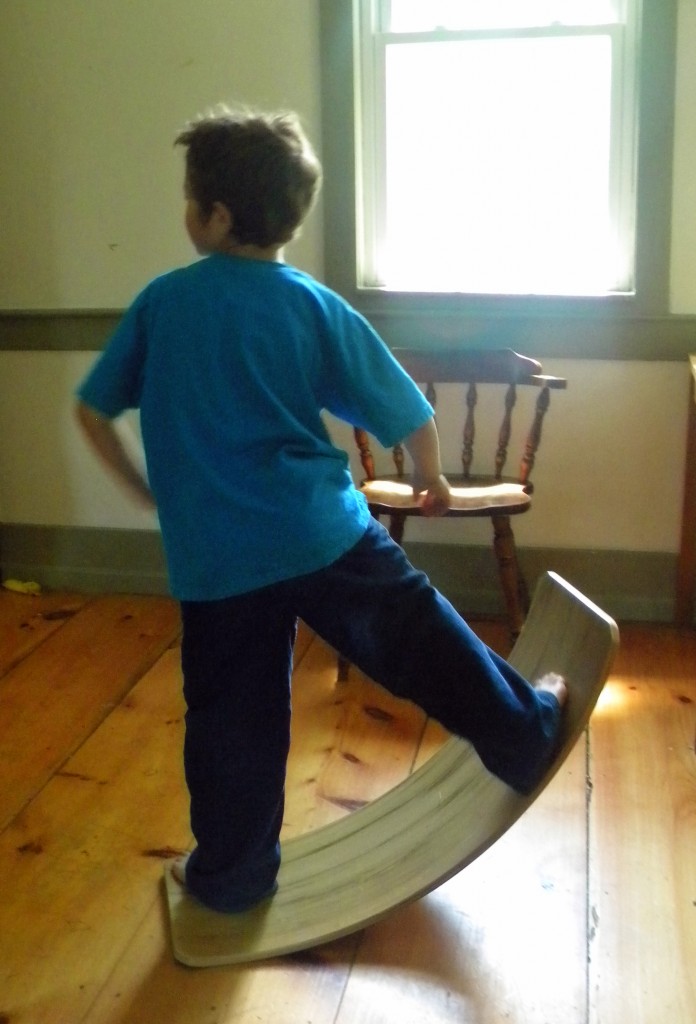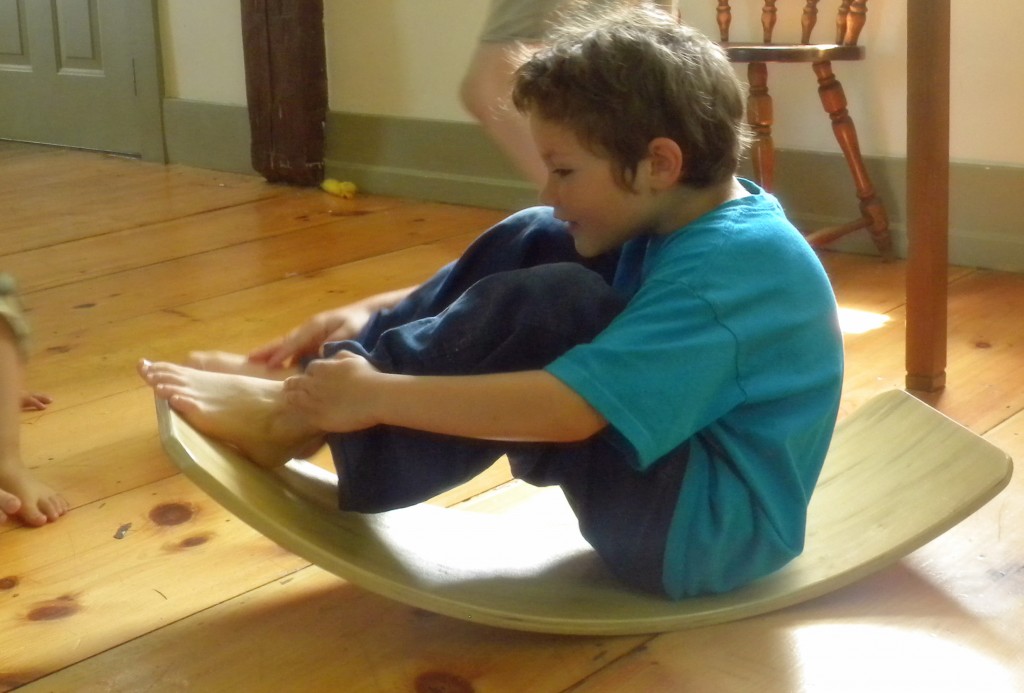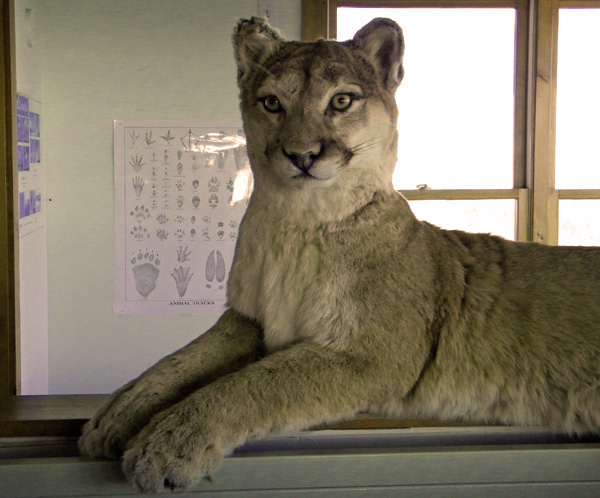
Below are some samples of Iain’s work from his 4th grade ‘Man and Animal’ block.
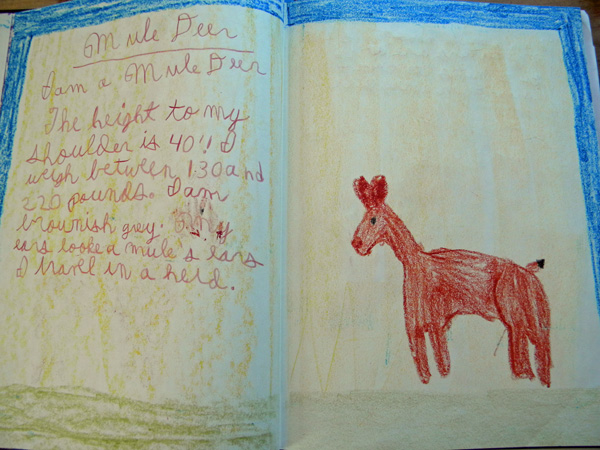
He really enjoyed this one, in fact, so far he’s enjoyed all of his work this year (even fractions! fancy that…), which is a delightful change of pace for us both. In the past there have been times when he got stuck in the, “Why do I always have to work harder…”, “Why does Elijah get to do all the fun stuff…” rut. He hasn’t always felt this way, but there have been times when this was a complaint for sure. So it was really nice when the other day he confided that he never feels that way anymore. Elijah’s work suddenly seems boring to him, whereas his is exciting and a pleasantly challenging. And since Elijah is also enjoying his own work, that means a reprieve from the the-grass-is-always-greener whining for me! Phew.

For Iain this year, we’ve moved a bit away from the Main Lesson Book format. He still has a Main Lesson Book for Math and one for handwriting practice and forms, but his social studies, science and language arts are being combined in one big journal as per a suggestion in Melissa Nielson’s book, “A Journey Through Waldorf Homeschooling Grade Four“.

I like it. We’ve taken more of a scrapbook-sketchbook approach to it, compiling ideas and pictures as he journeys through this year’s lessons. In some cases, where it seemed appropriate, we’ve even glued in bits of photos and things. It’s still a place for “good work” not for rough drafts or notes, but it somehow does have a different feel to it.

With this block he’s been learning to do research on his own. I’ll present the preliminary topic and then he’ll sit down with a stack of books that are likely to contain further information and see what he can find*. He takes basic notes as he reads using bullet points and then he’ll write a rough draft for his essay which we’ll review together and embellish or alter as needed. Though I frequently find that they are quite sufficient and only need a spelling correction or two.

Another thing that is new this year, is the occasional use of videos. My children don’t watch television. And I’ve never in the past felt inspired to use educational videos, but with this block, I felt that there were certain times when a chance at observing the way an animal moves or behaves would be a really positive and beneficial thing. We took trips to the natural history museum and next month, when we go to Philadelphia, we will be visiting the zoo. I’m also hoping to visit a rehabilitation center for birds of prey. But there are certain animals that he’s just not going to see (blue whales for example) and a big difference between the way an animal acts in captivity and how it acts in the wild. So, we did avail ourselves of the occasional YouTube video. Not for all of the animals we studied, but for some. And I always previewed them first to be sure there was nothing disturbingly violent or inappropriate.

For mountain lions, this was a wonderful little video, it really conveyed to him so much more about their nature and the way they move, then words could. On the subject of mountain lions, this on-line field guide is a fabulous resource. Parent beware! There are some very graphic images in it. I printed the specific pages that I wanted to share with him (we found the paw print comparisons especially interesting!), instead of giving him access to the whole thing.

This one features stills of humpbacked whales, accompanied by their song. More humpbacked whales, breaching and swimming. Mini-documentary on the blue whale with stunning footage.
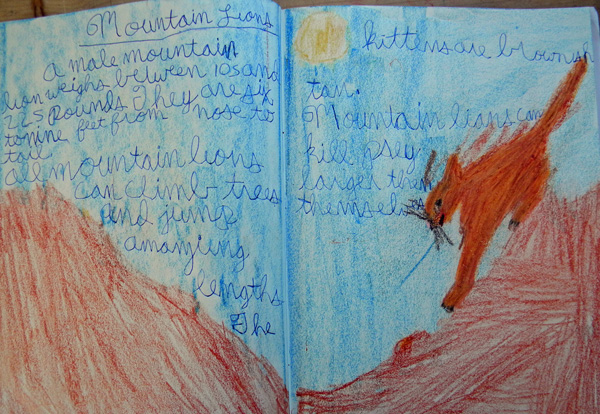
For reading we drew from many sources. We liked “Mammal Tracks and Sign of the Northeast” for information on local creatures, which also tied in nicely with our local geography studies. For mammals, David Attenbourough’s “The Life of Mammals” was excellent. “Keepers of the Animals: Native American Stories and Wildlife Activities for Children“ often has an interesting perspective as well as basic statistical information (size, weight, diet, etc). There were many, many others, including some periodicals (the occasional back issue of “Ranger Rick” or “National Geographic” from the library), but these were the ones that really stood out in my mind as being useful time and again.
*Just coming back to note that we didn’t start off the year with him doing his own research. In the beginning we did it together and then he progressed to doing it on his own. Also, I kind of point him in the right direction by providing him with a stack of books that are likely to have what he’s looking for. I’m just now starting to leave the books on the shelves and ask him which ones he thinks might be useful, while still offering my opinion on where to look.




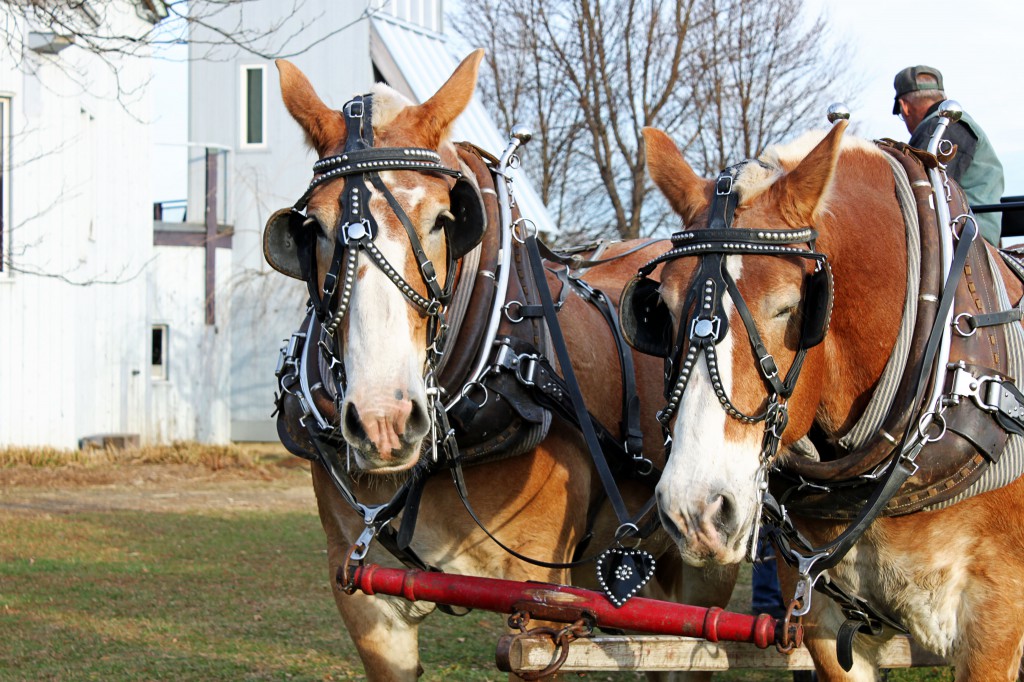
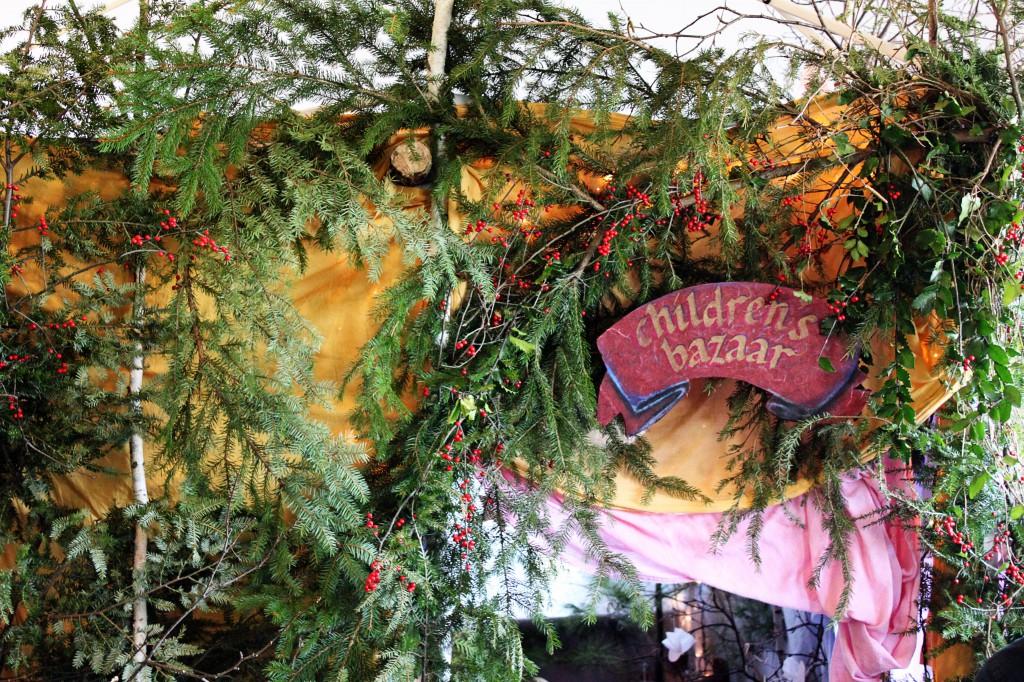
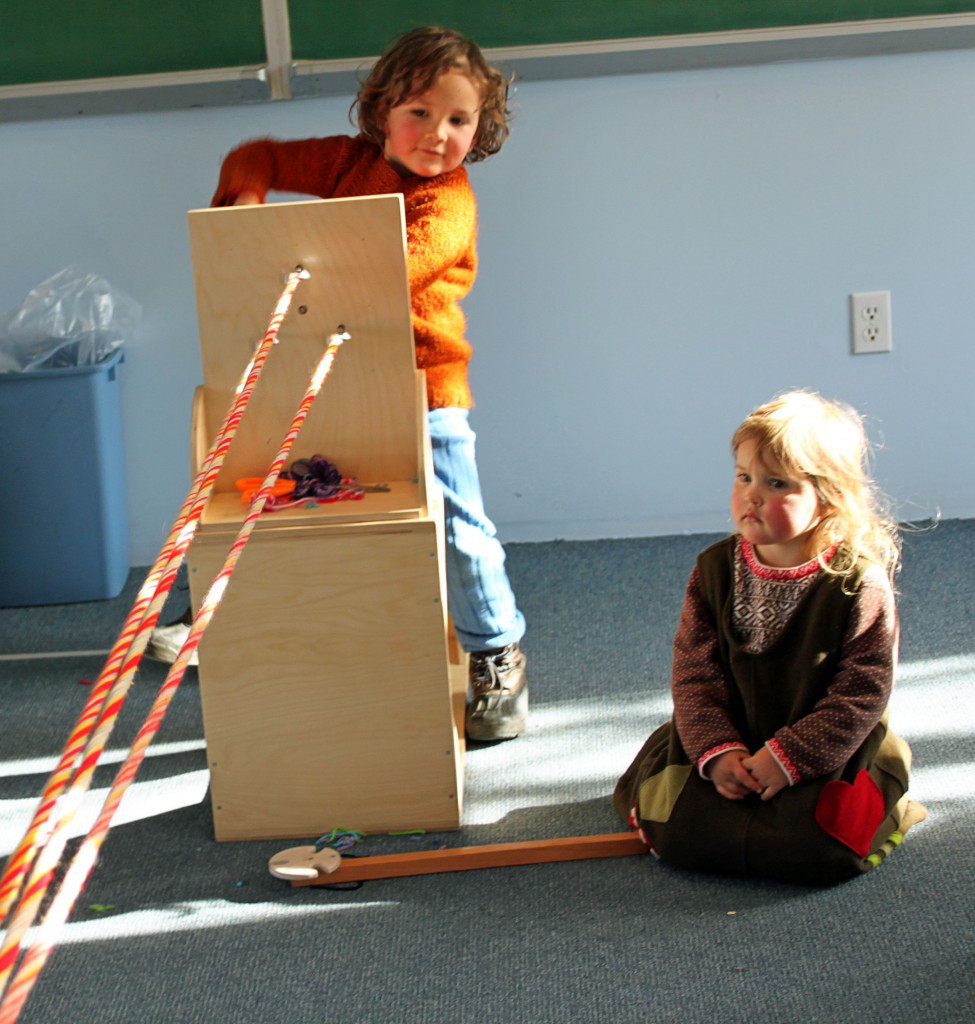
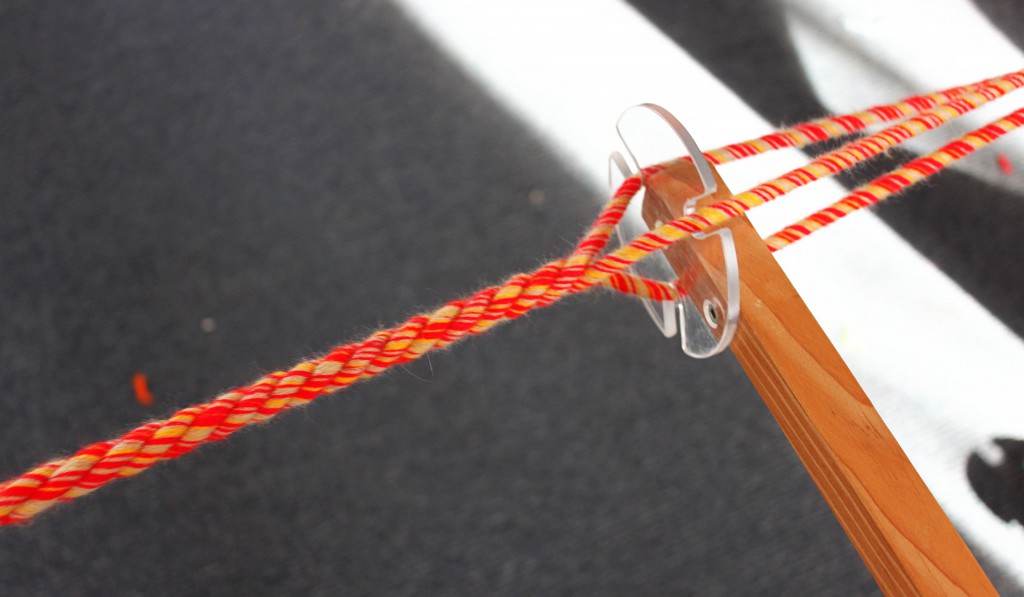
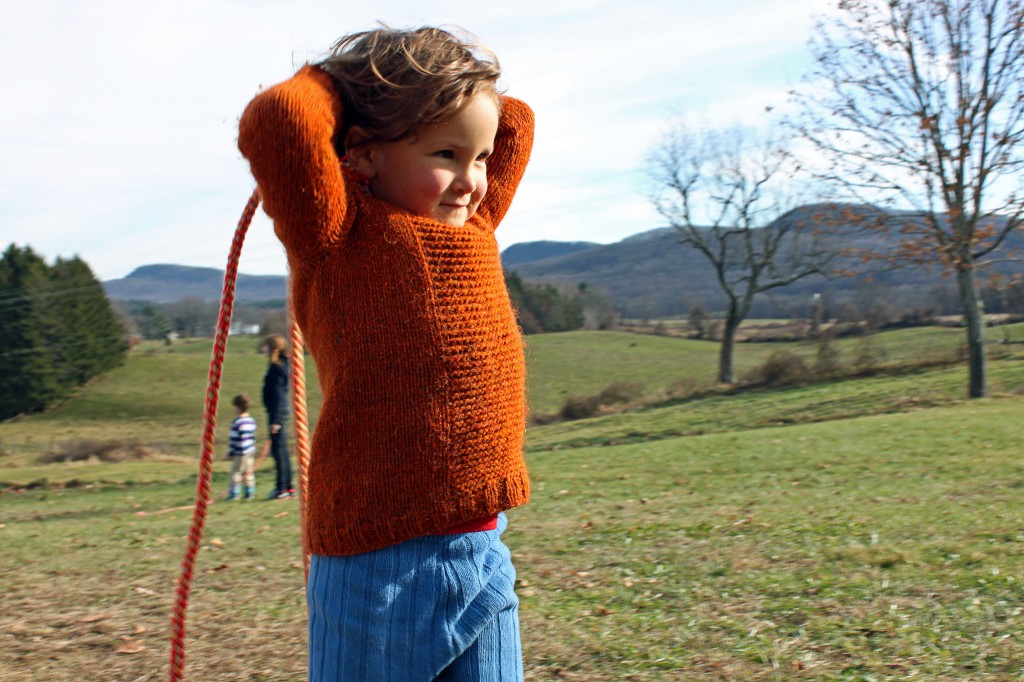
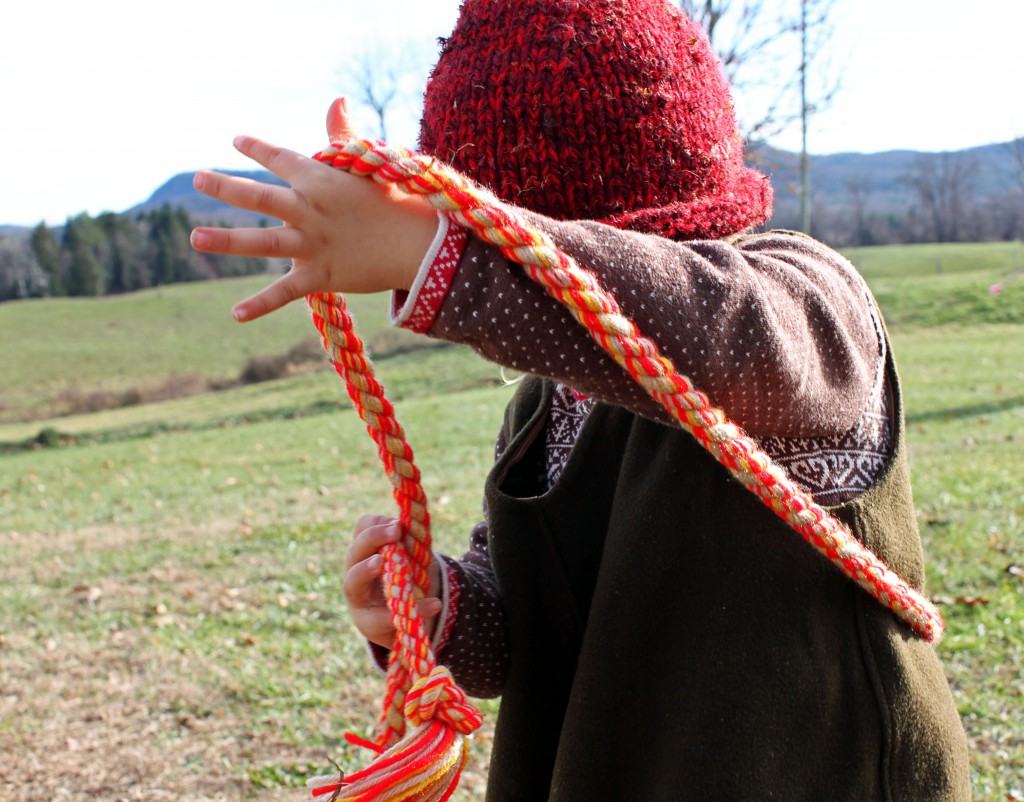
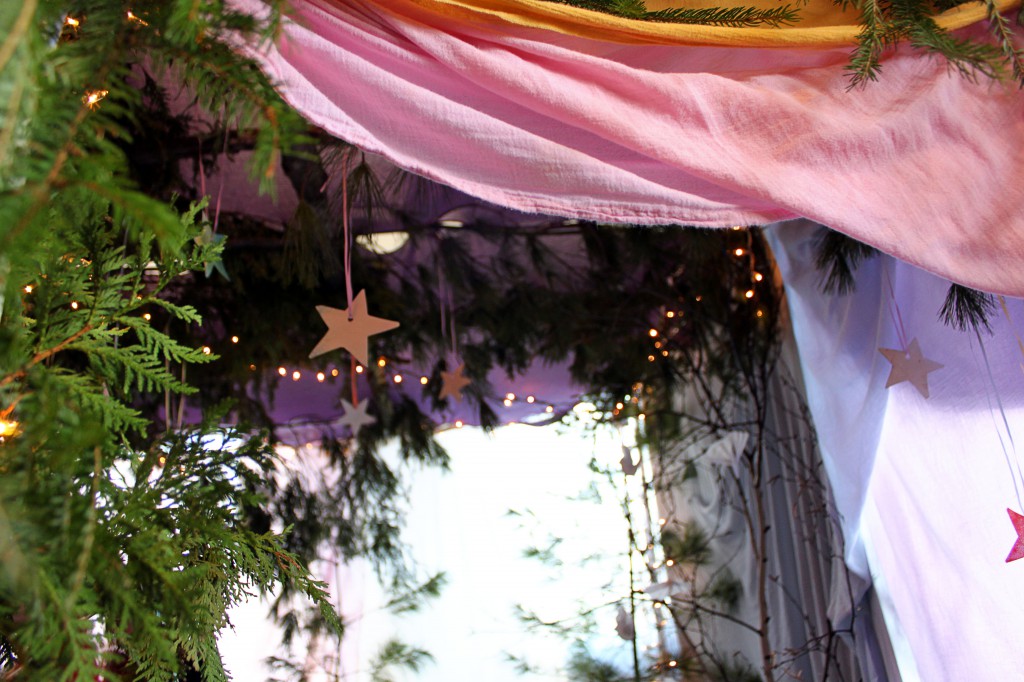
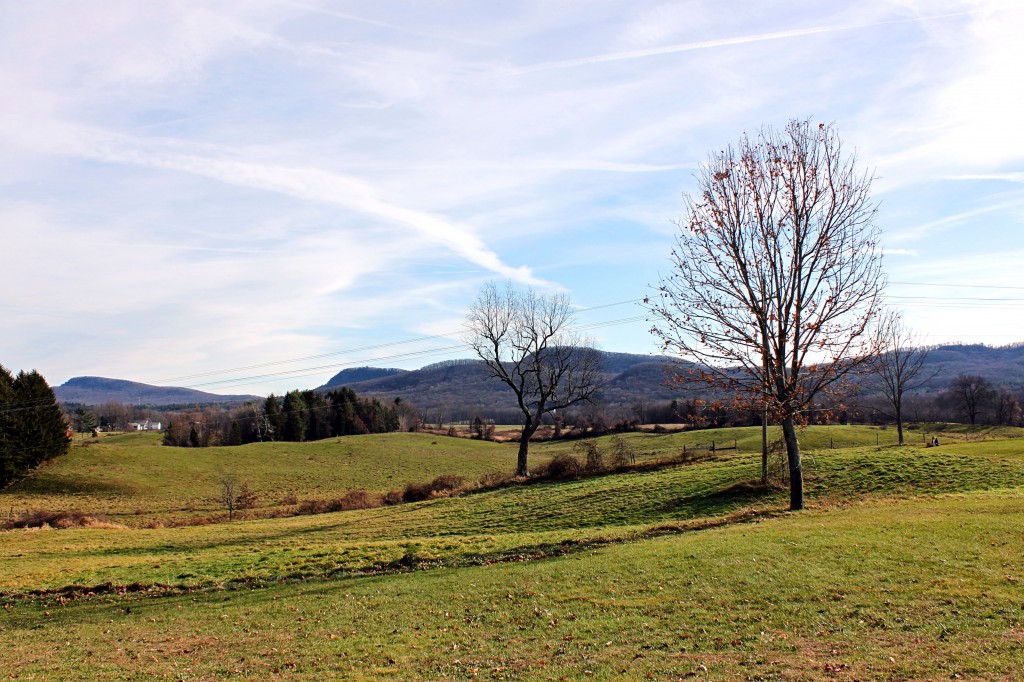
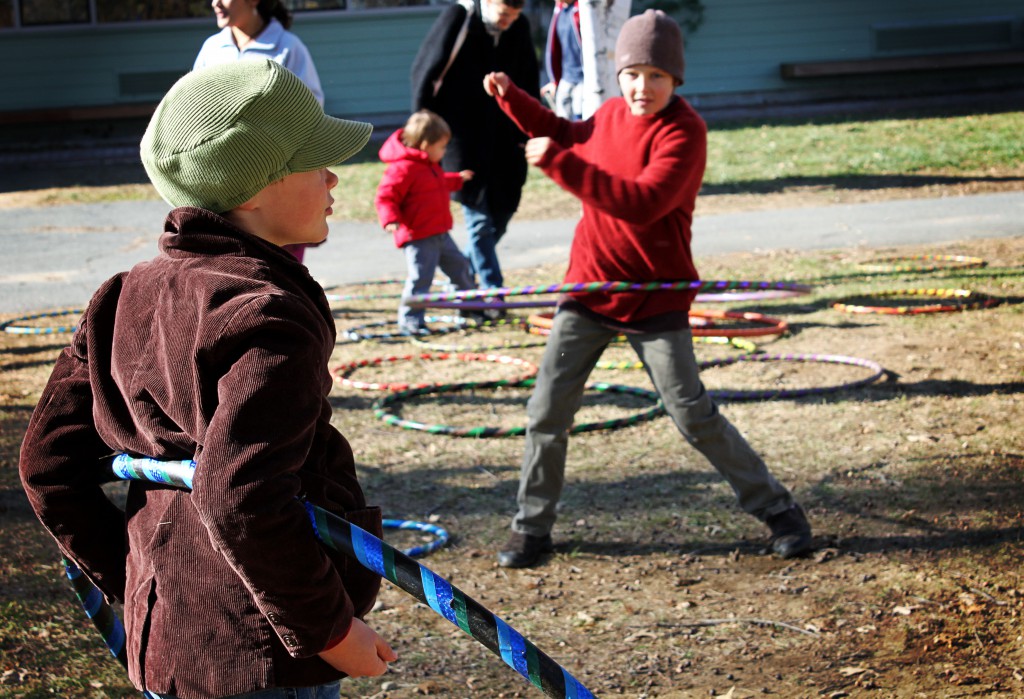
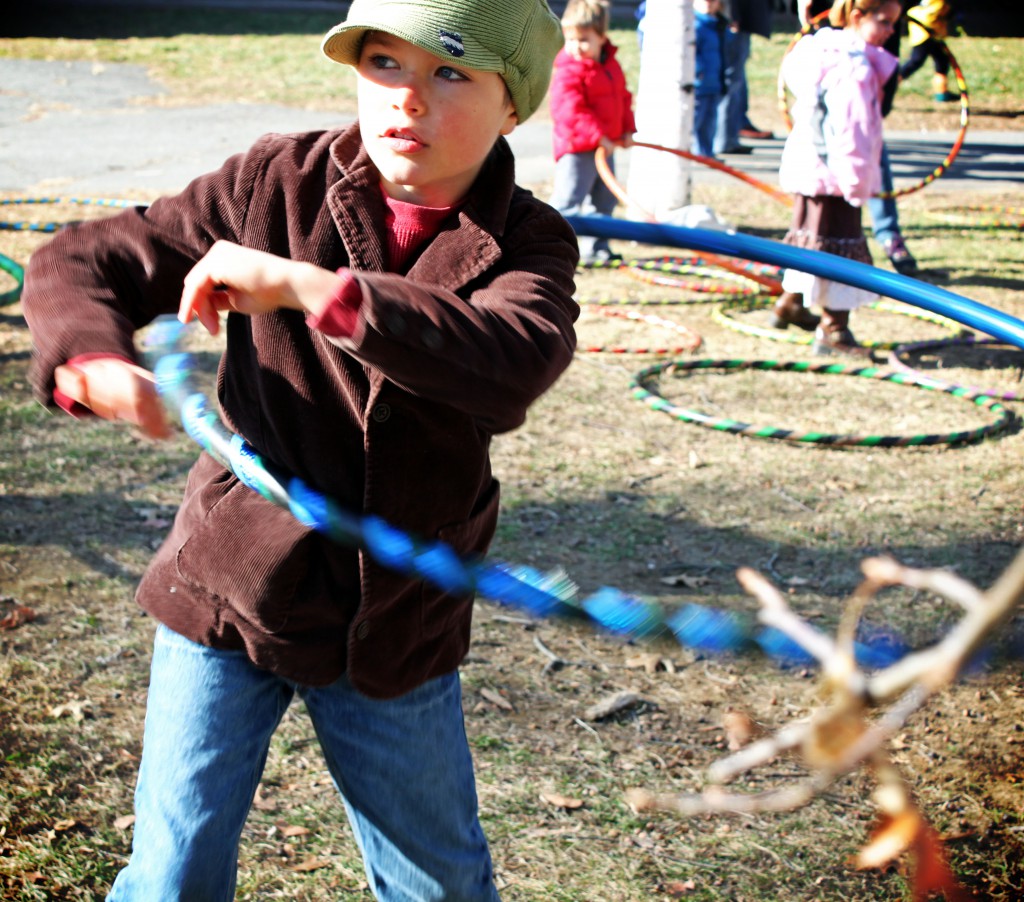
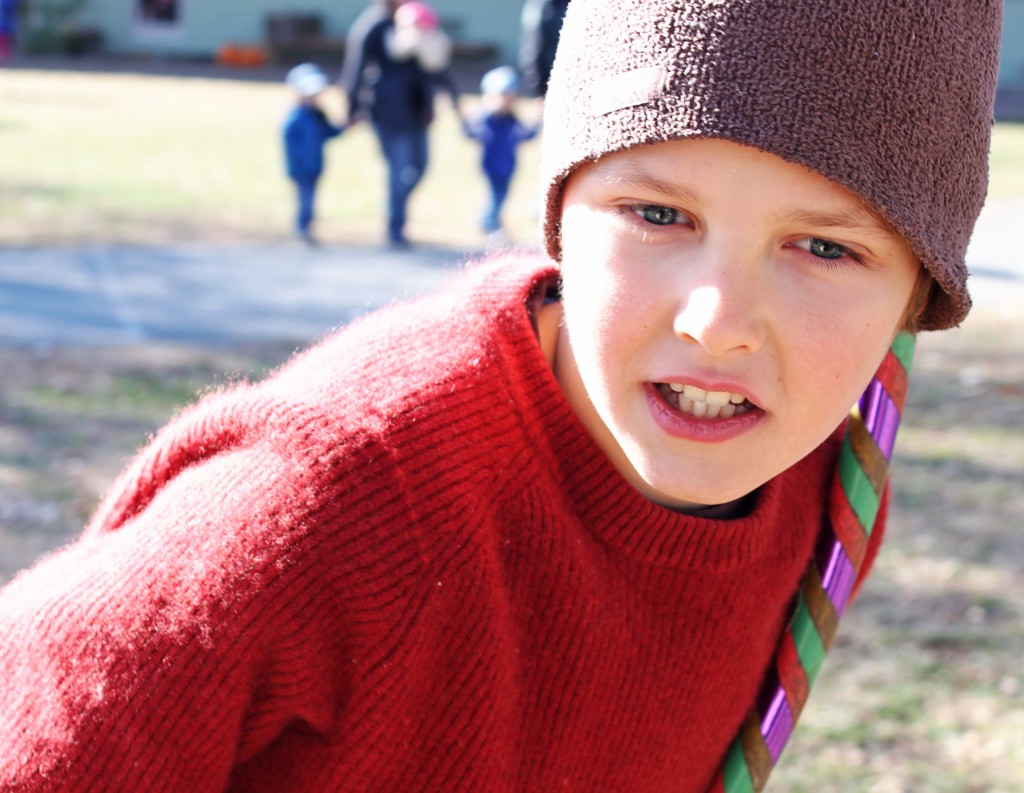
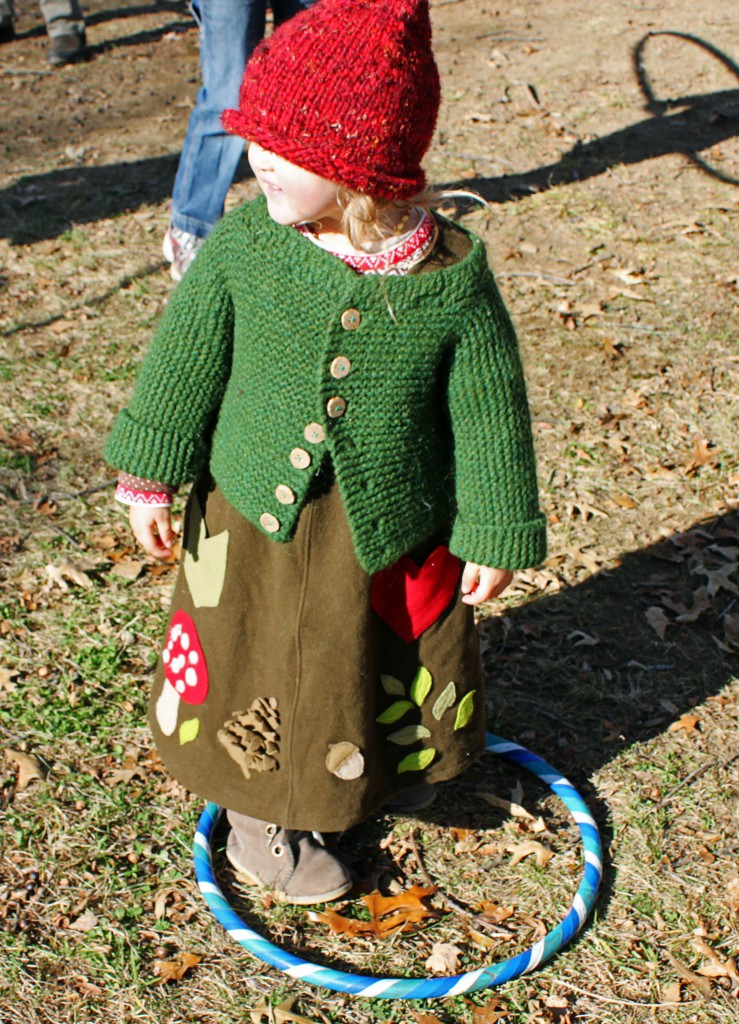
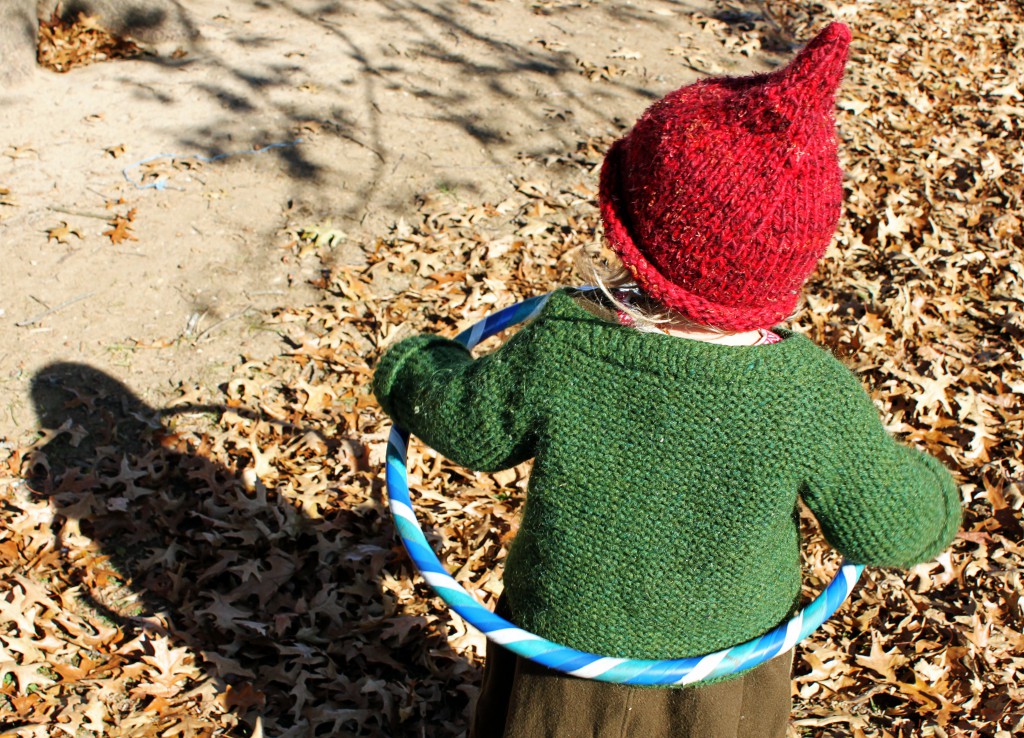
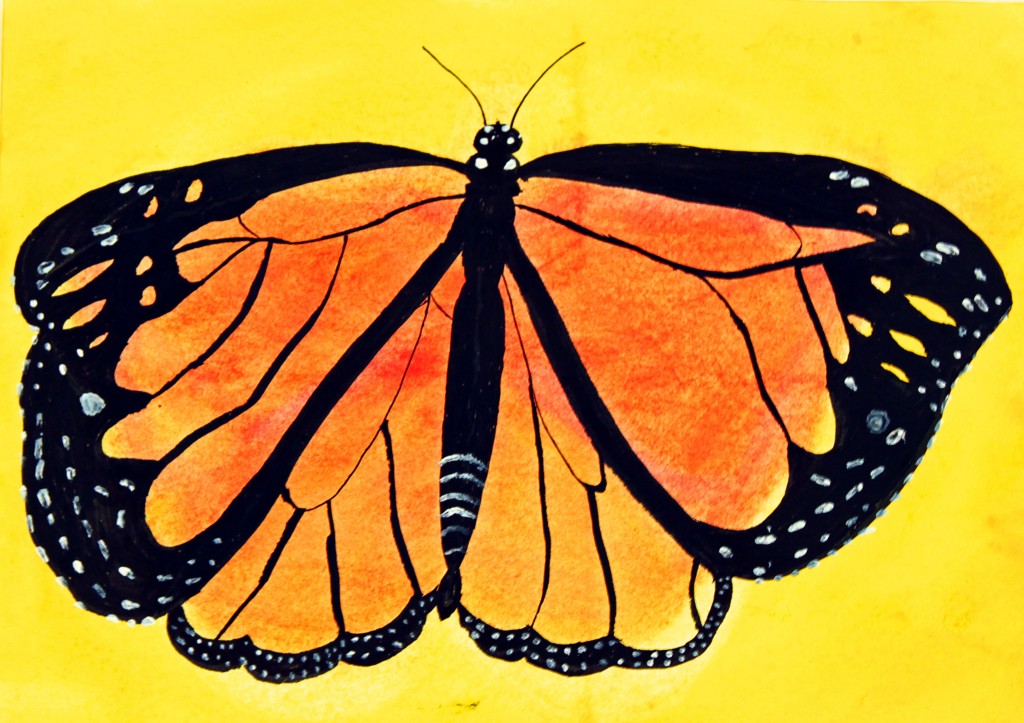
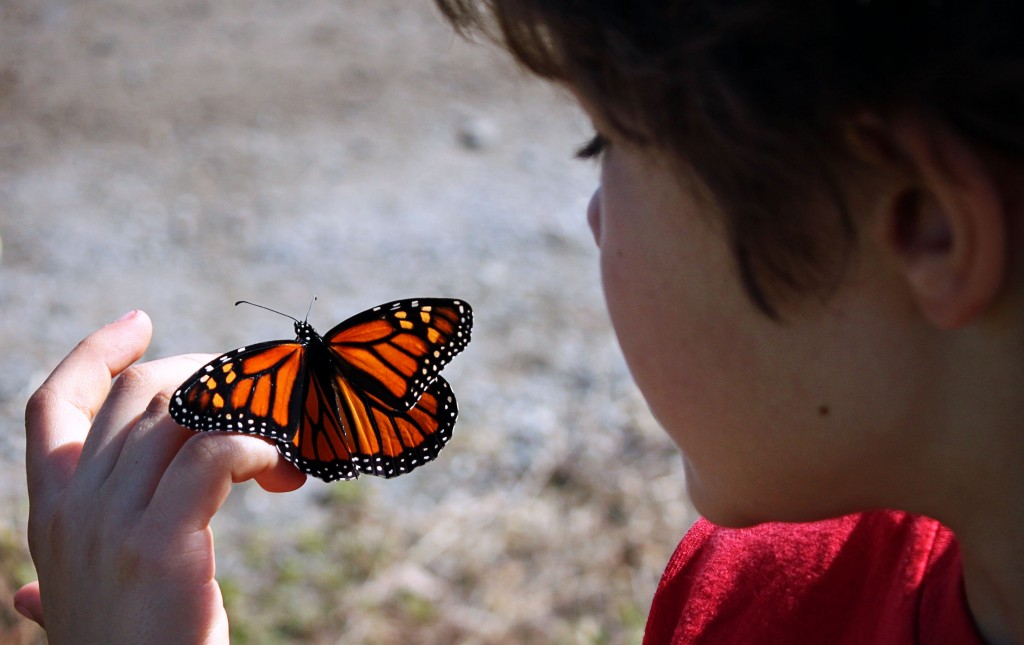

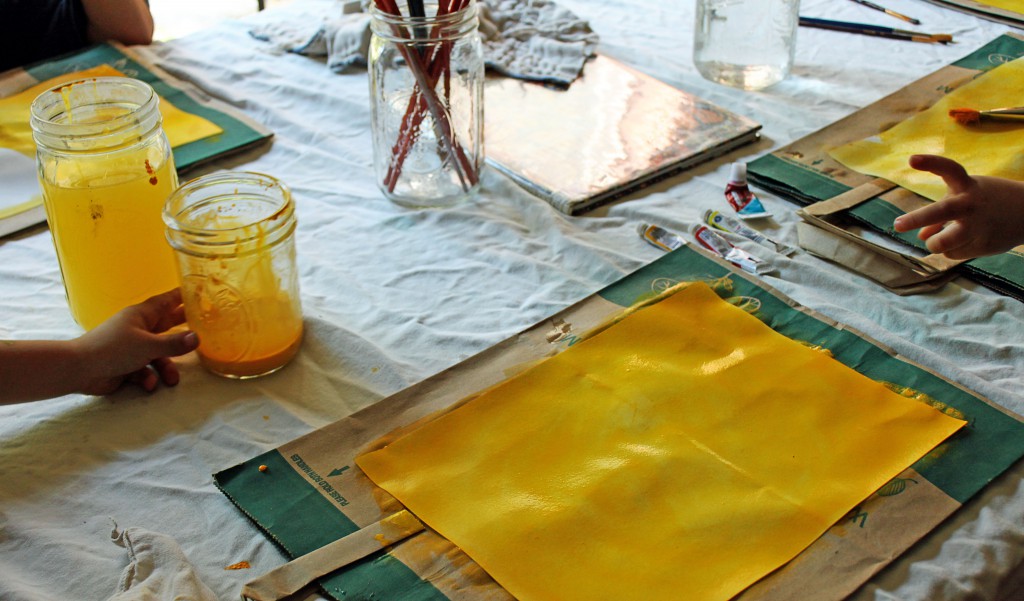
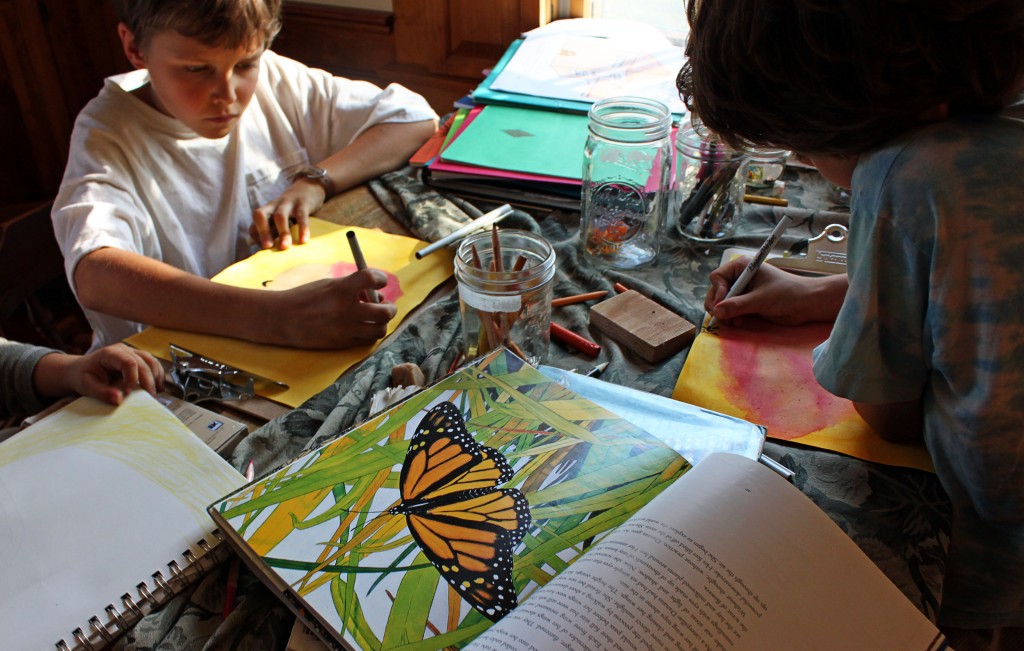
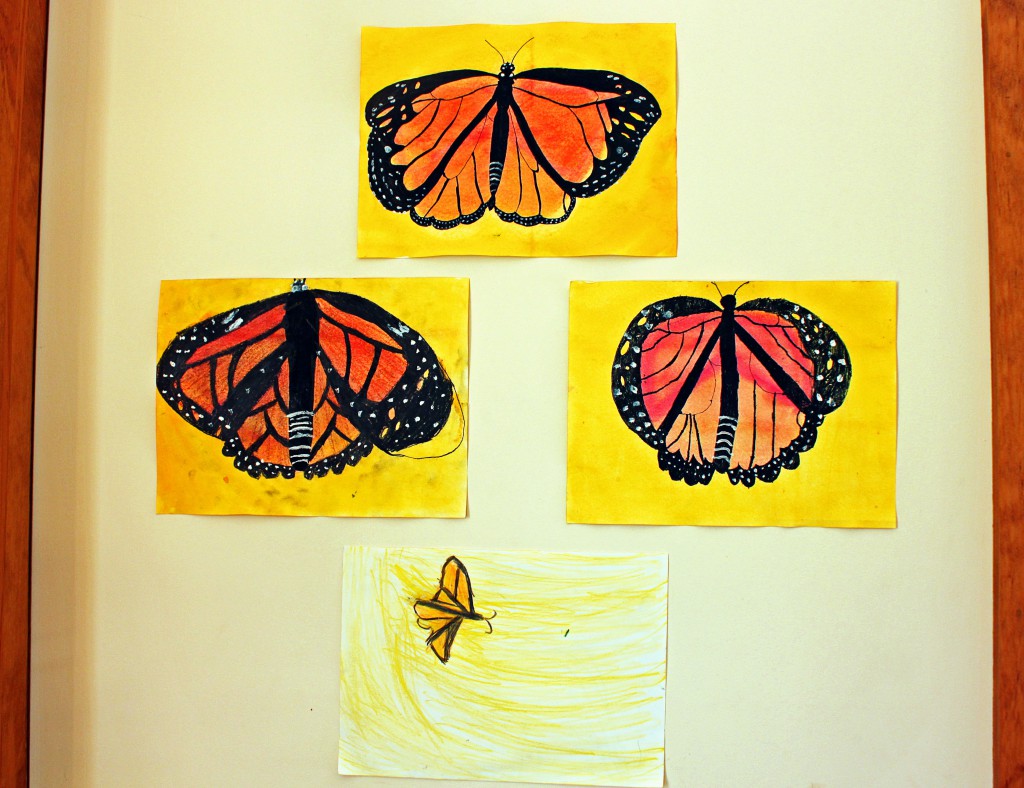
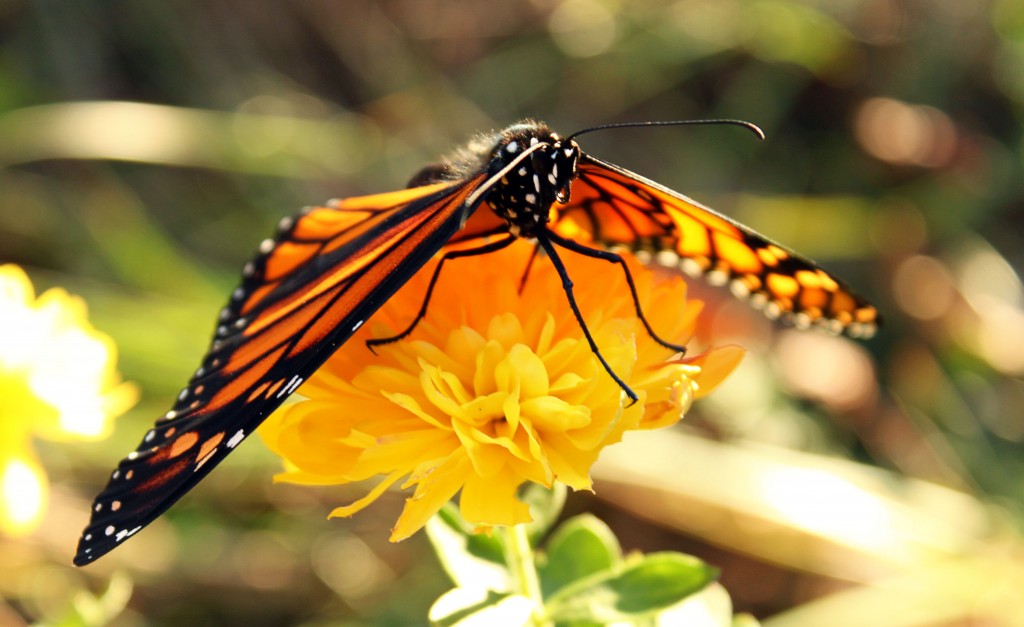
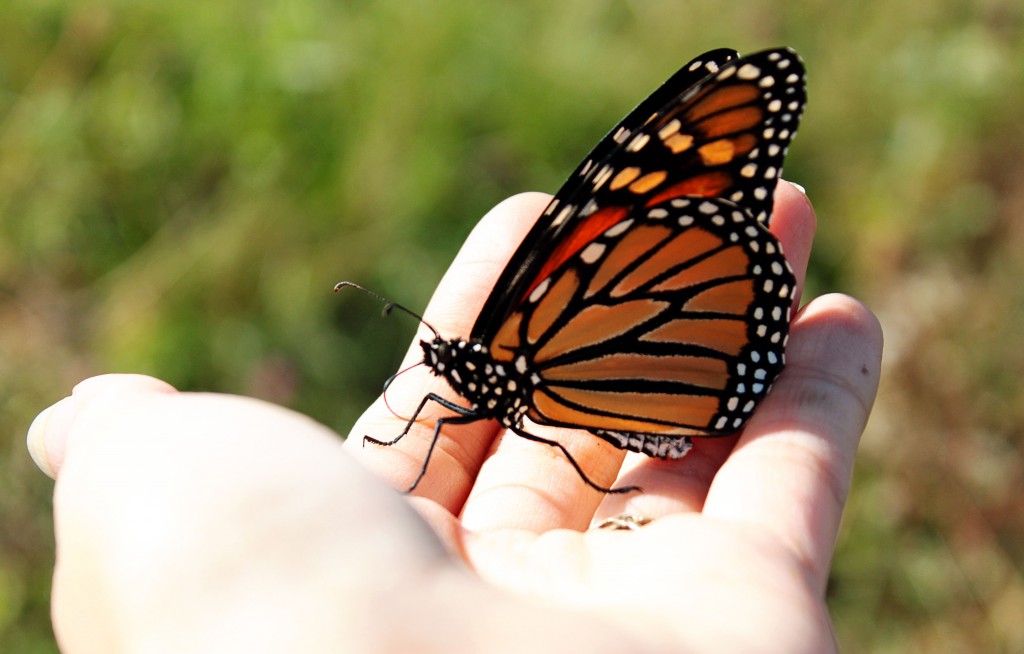

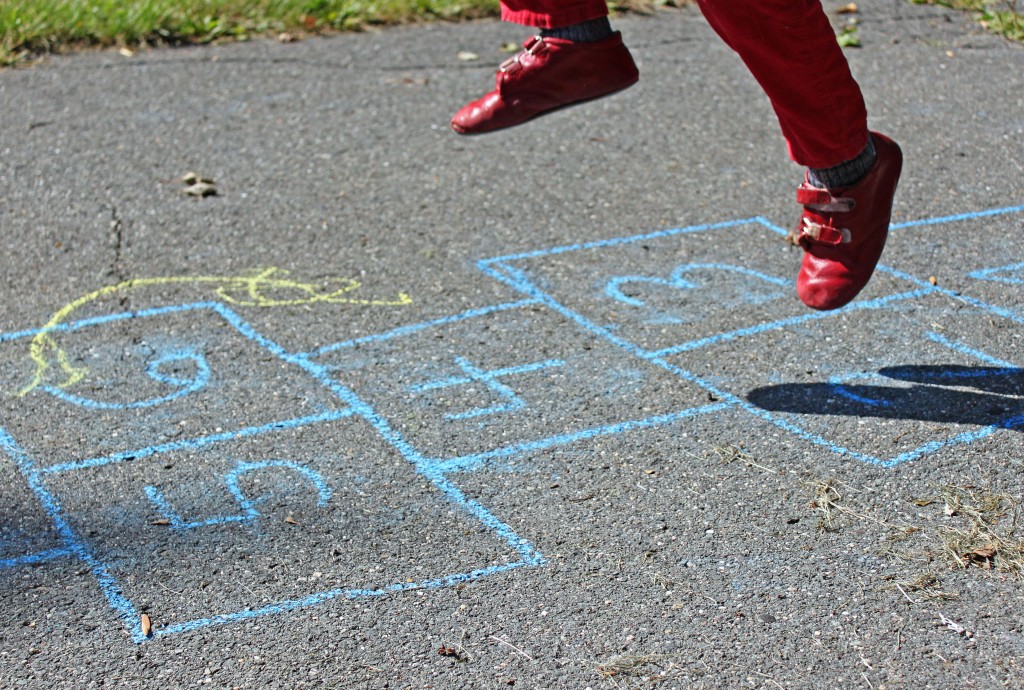
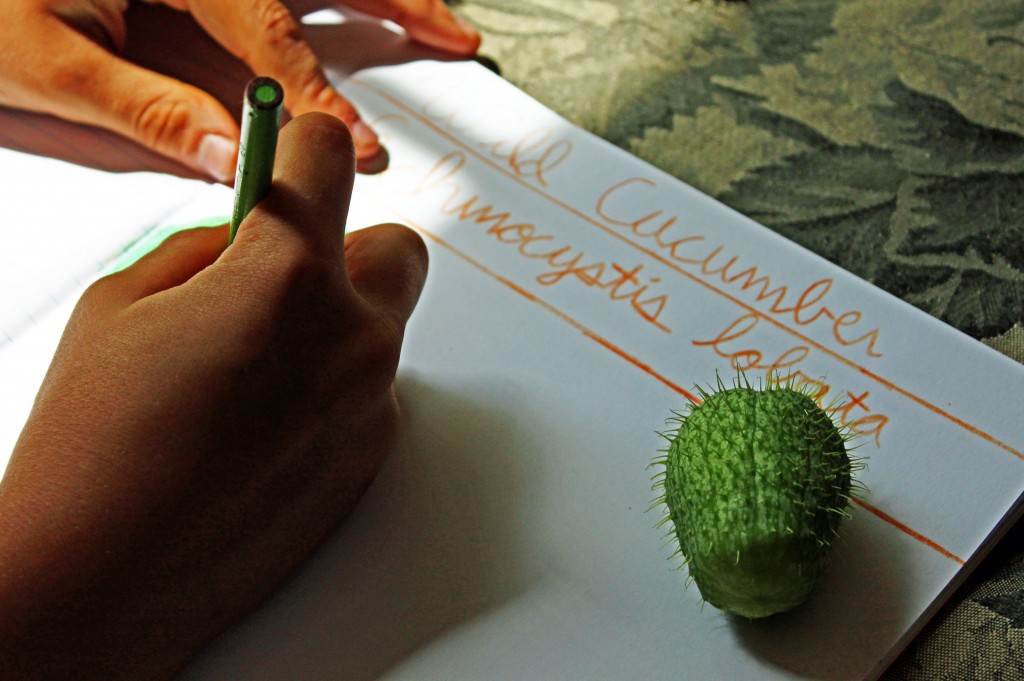
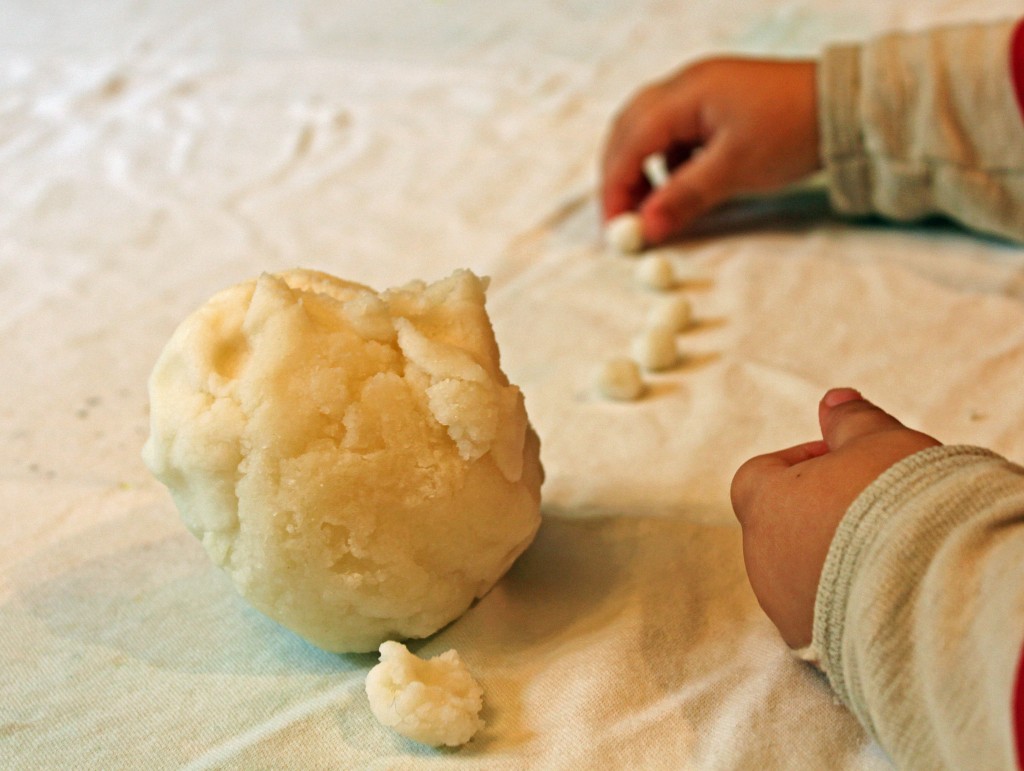
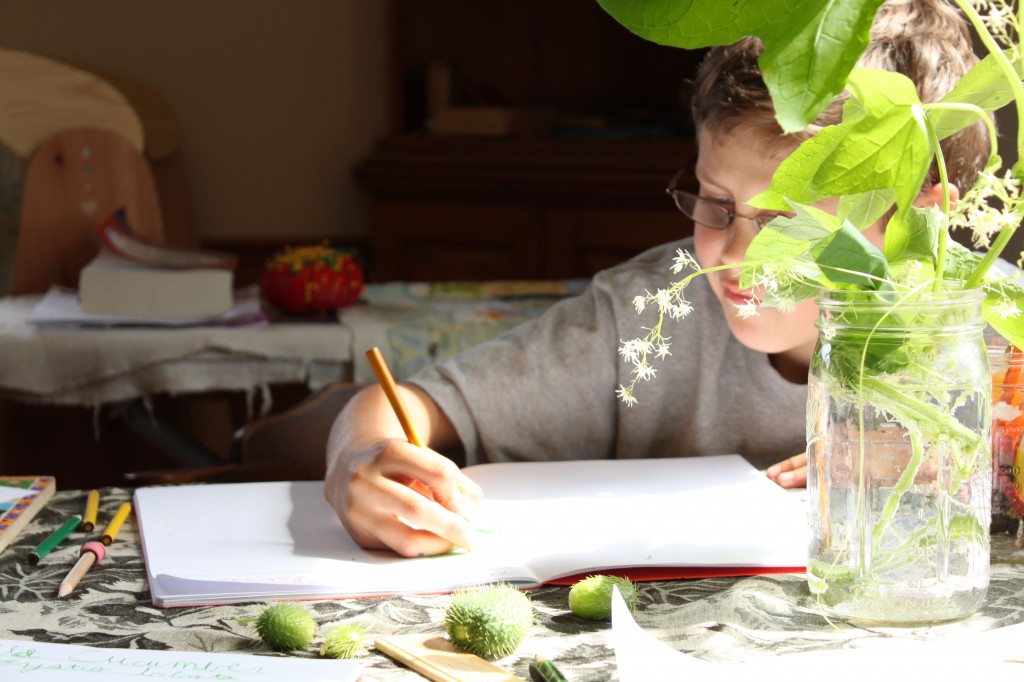
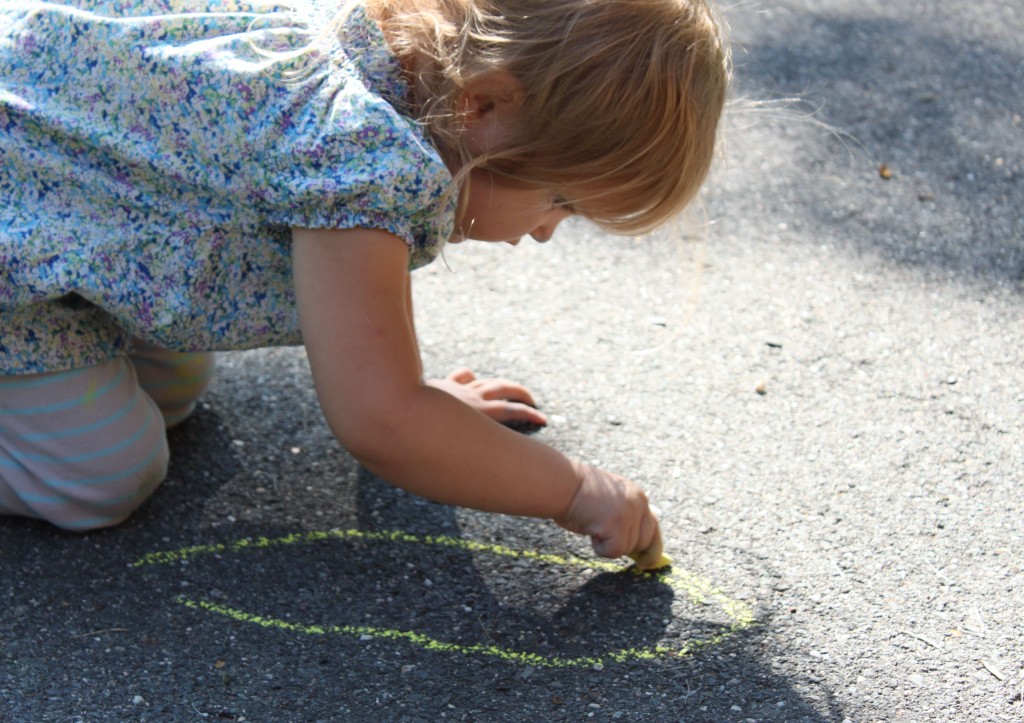

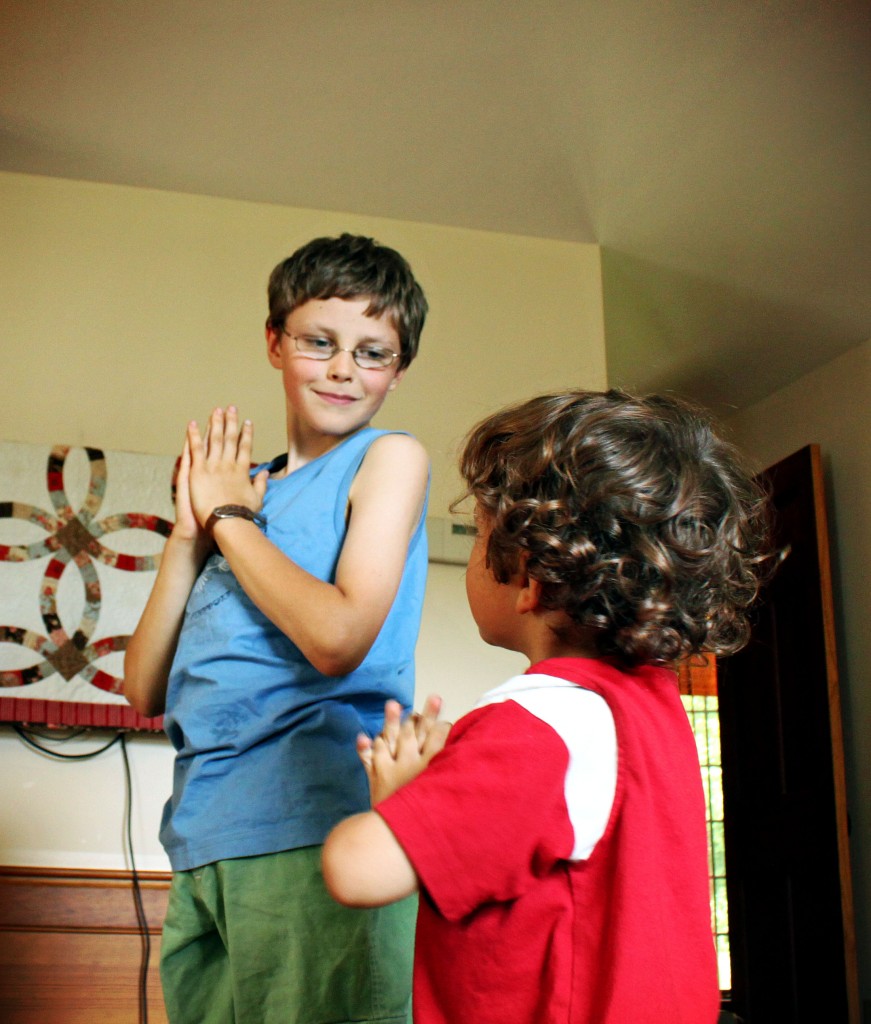
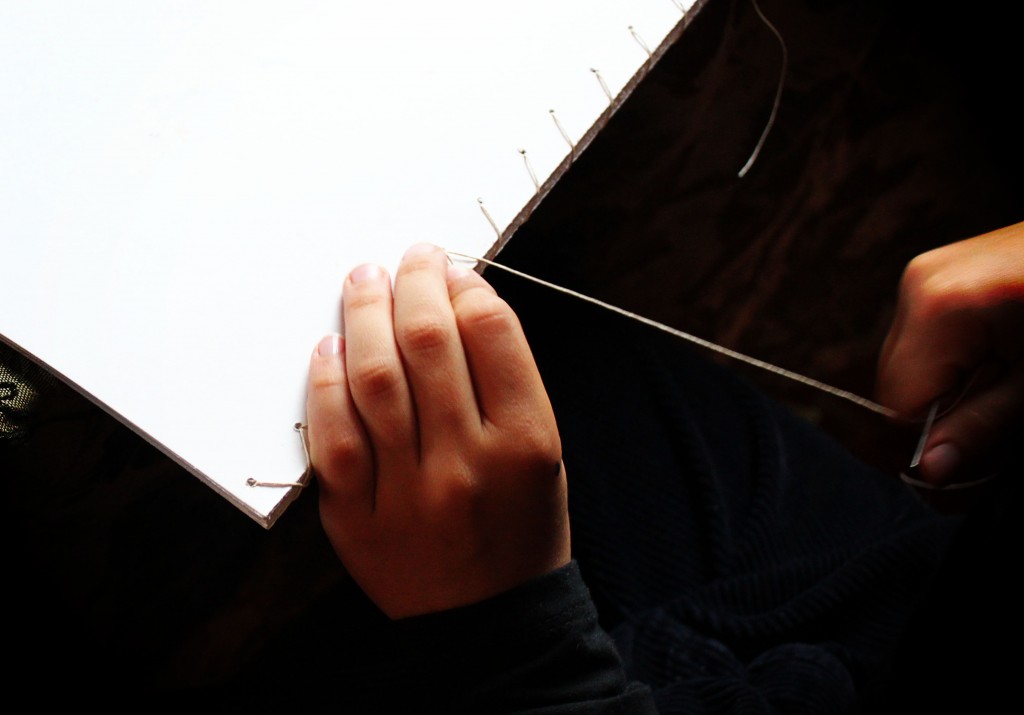
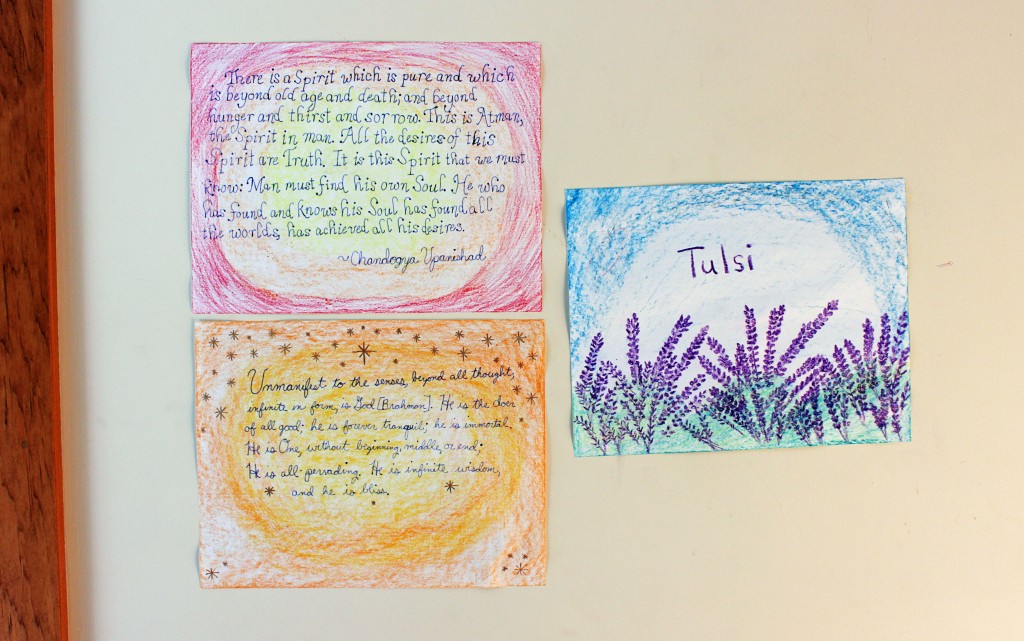

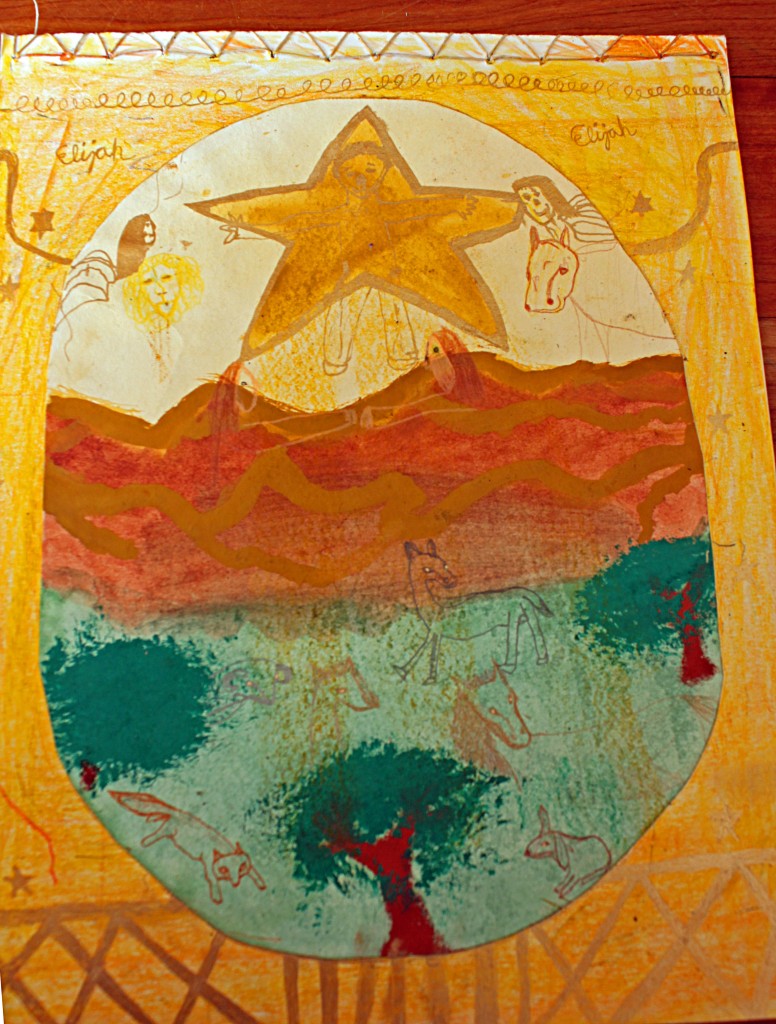
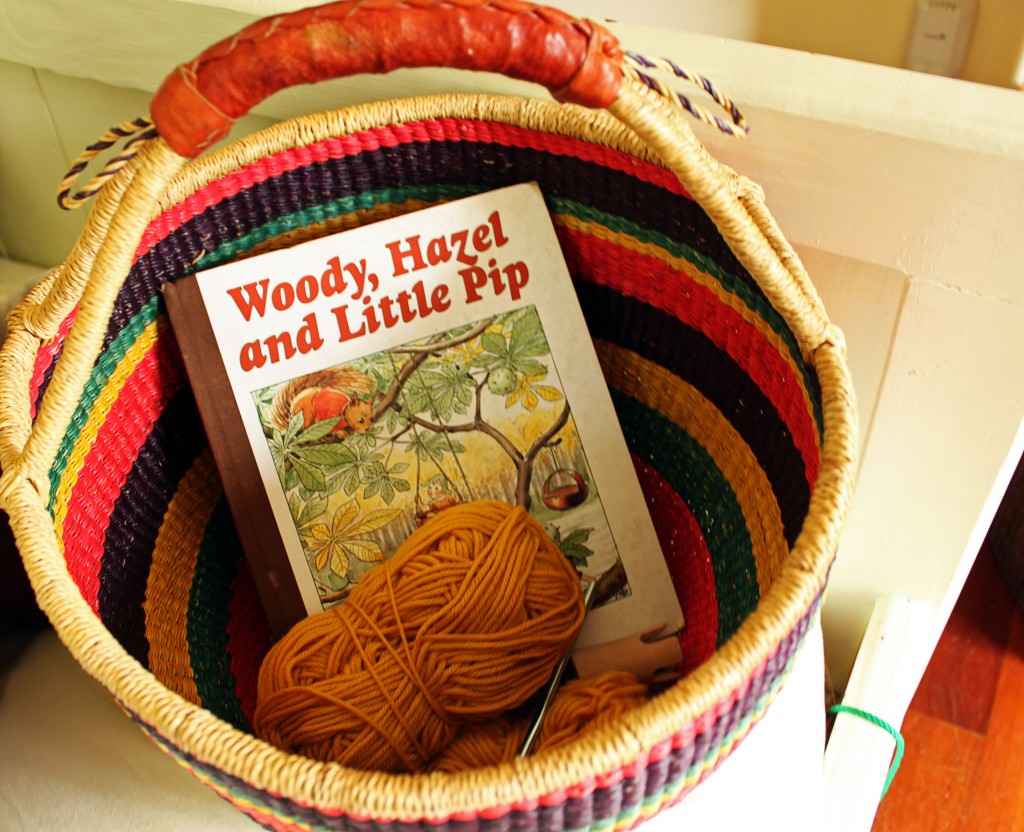
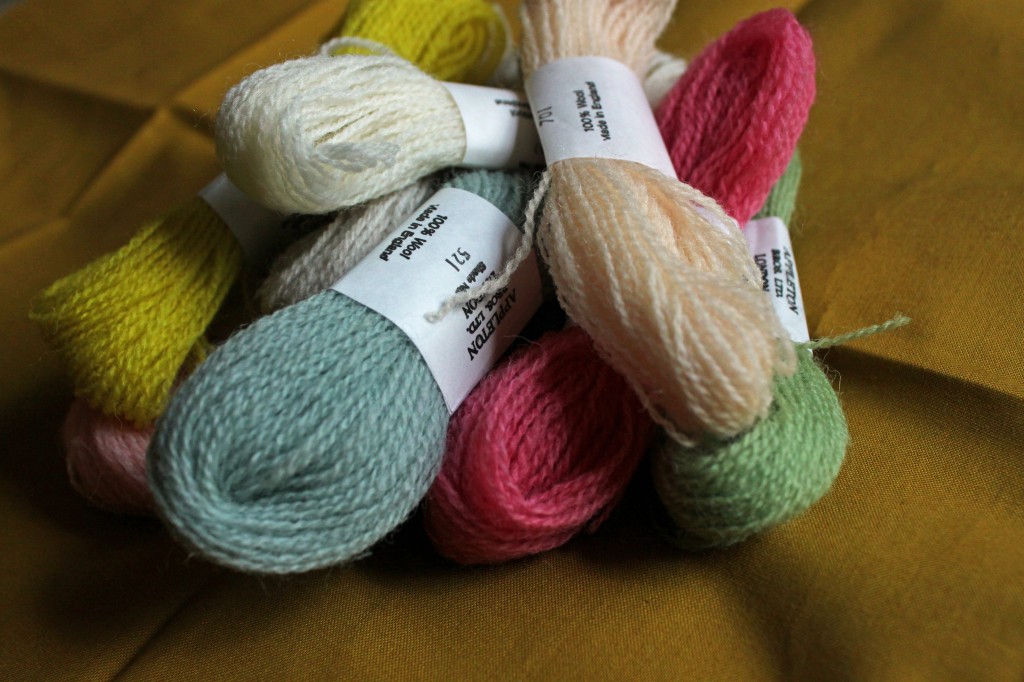

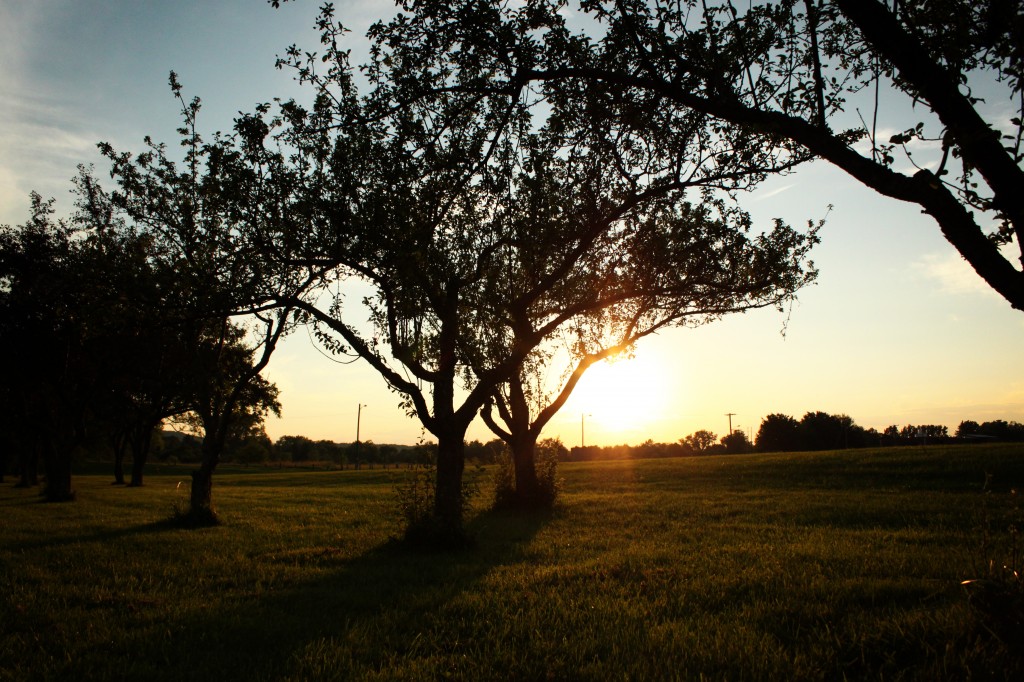
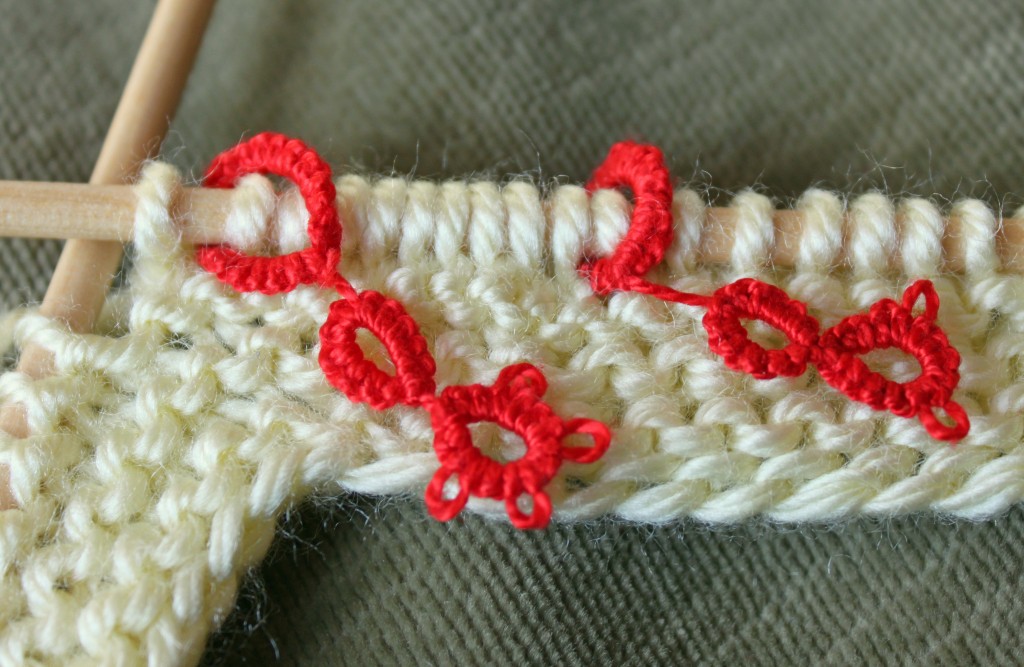 The darling stitch holders above are a gift from a
The darling stitch holders above are a gift from a 
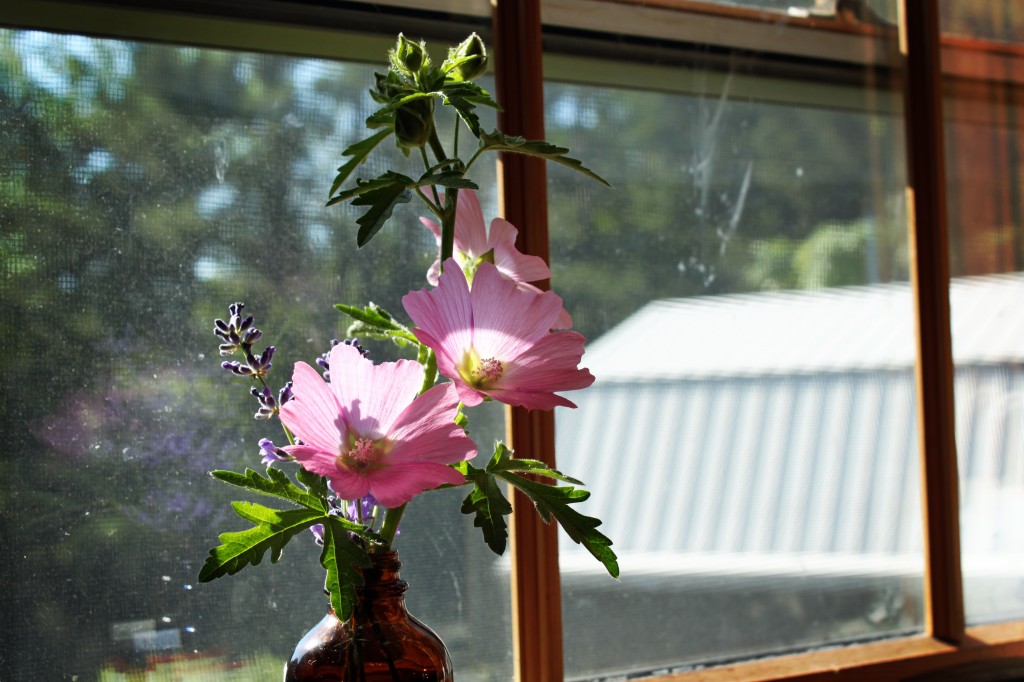
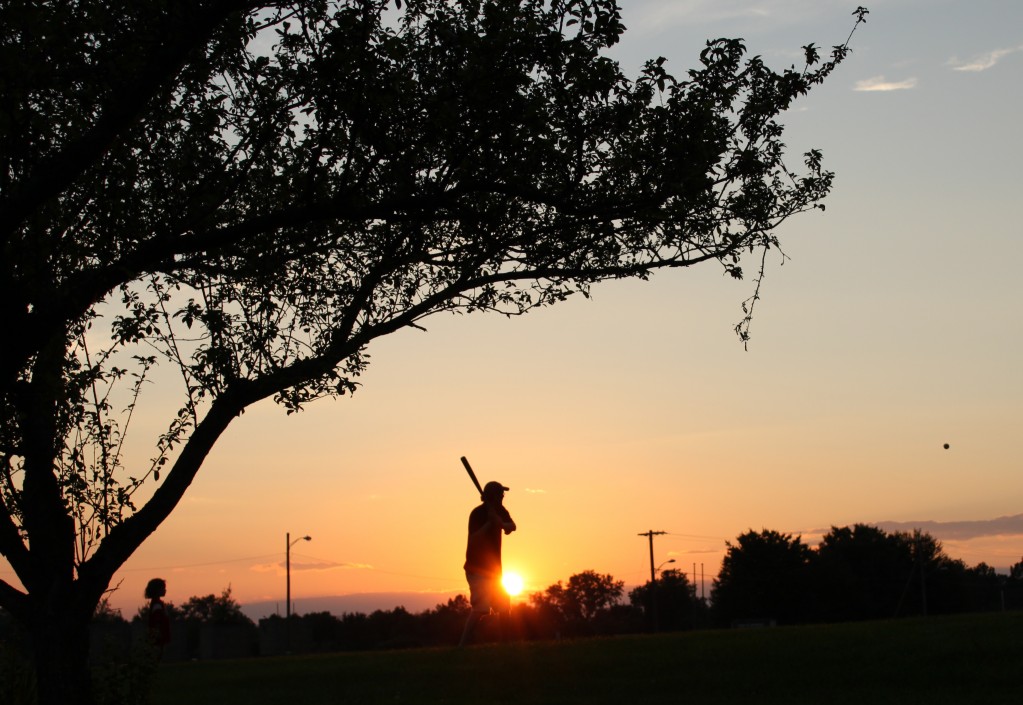
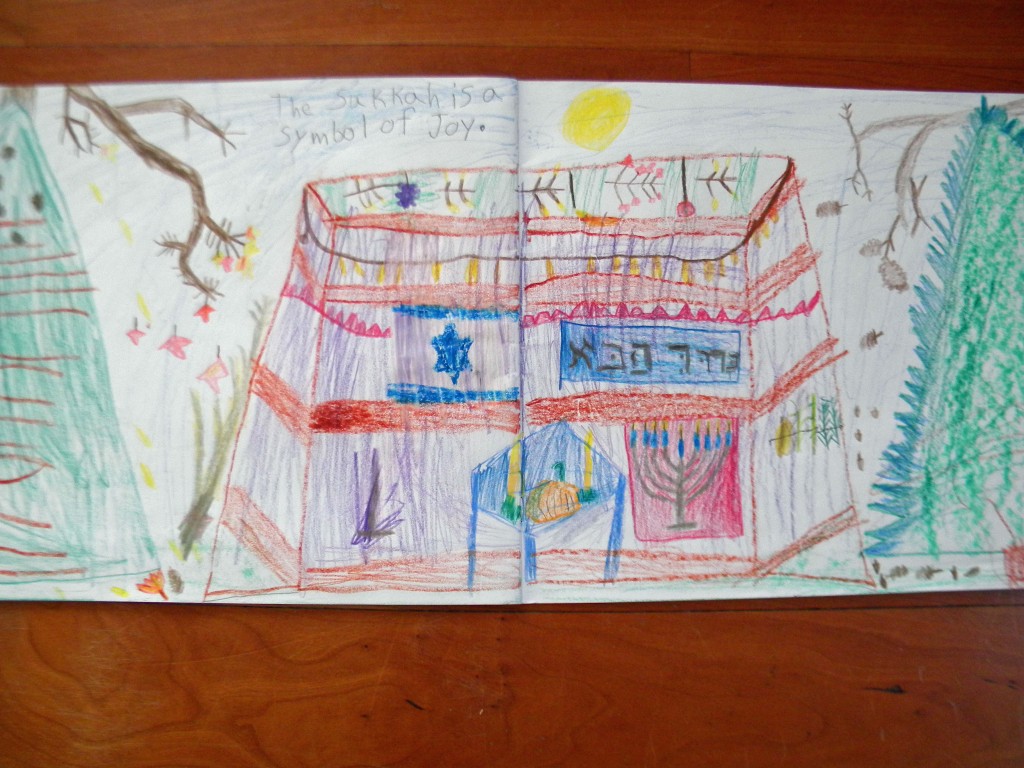

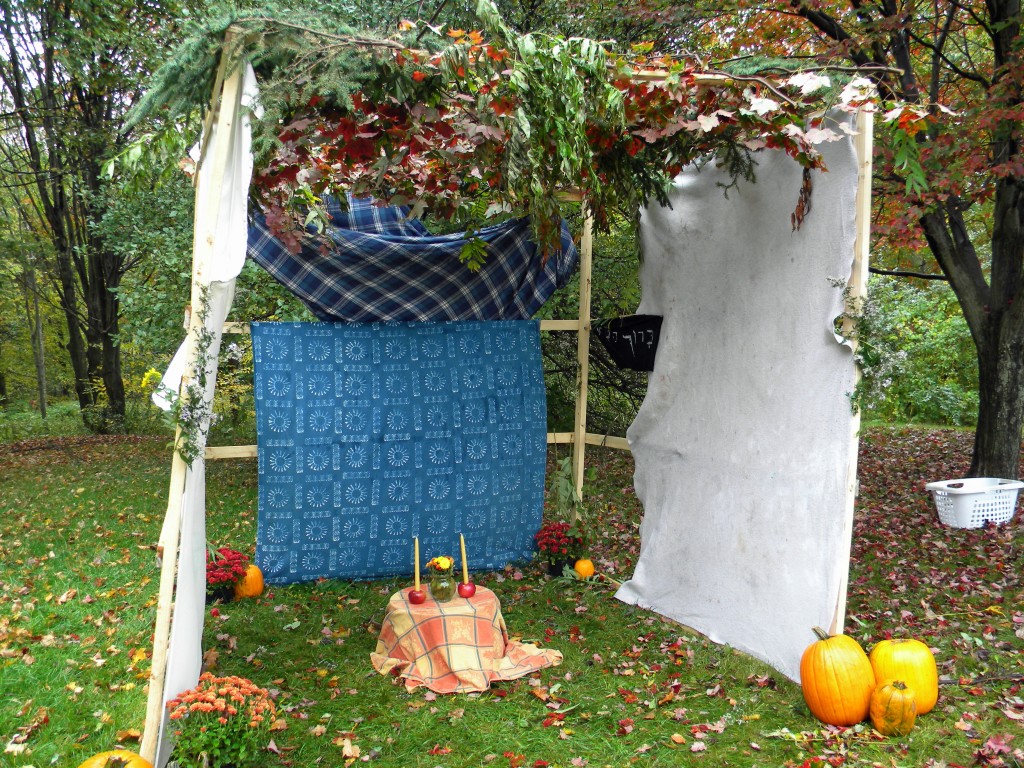
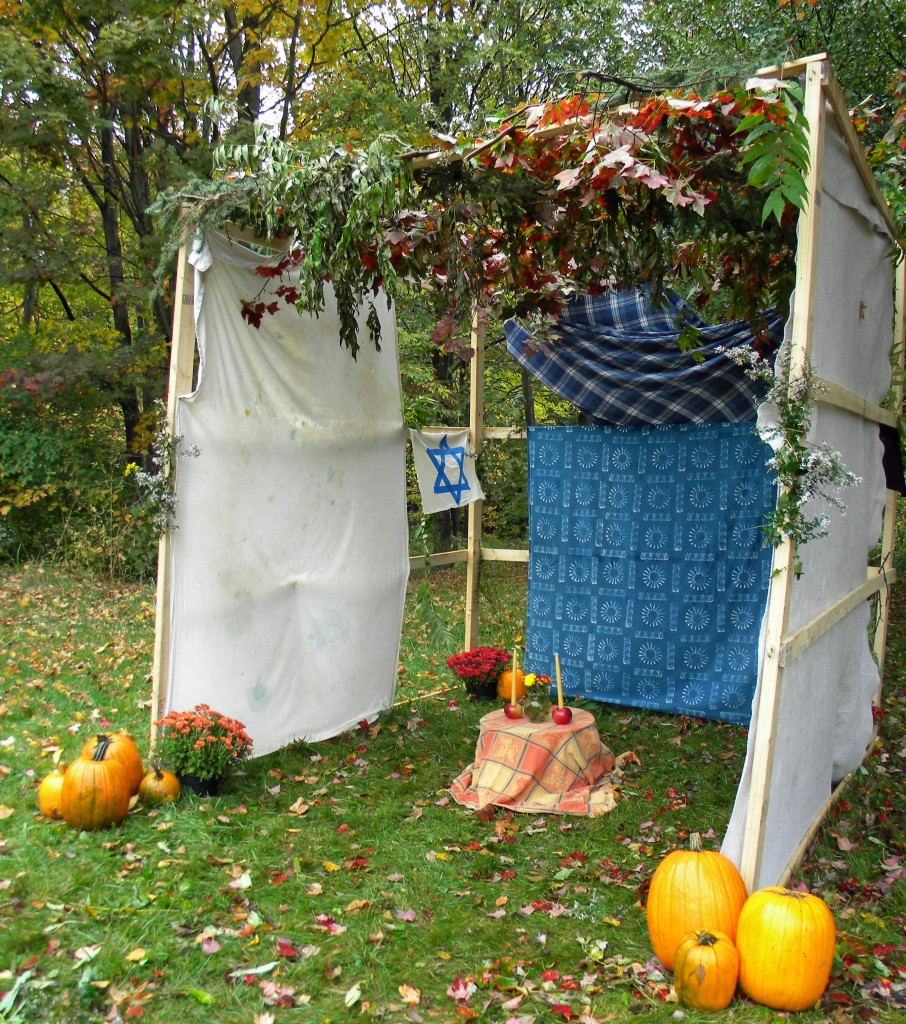
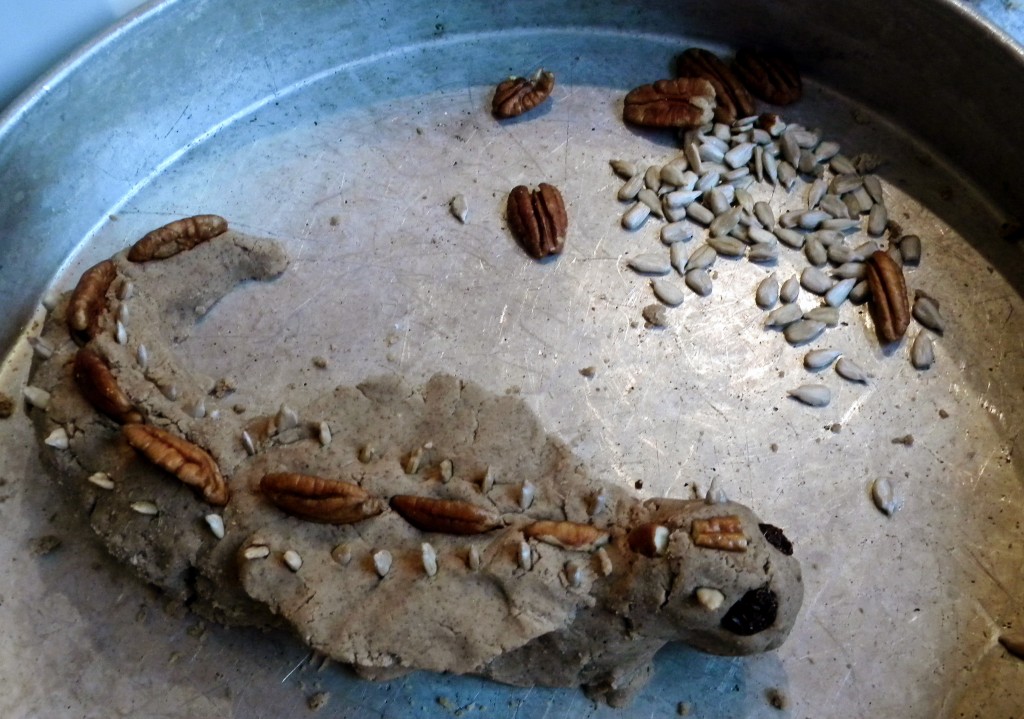

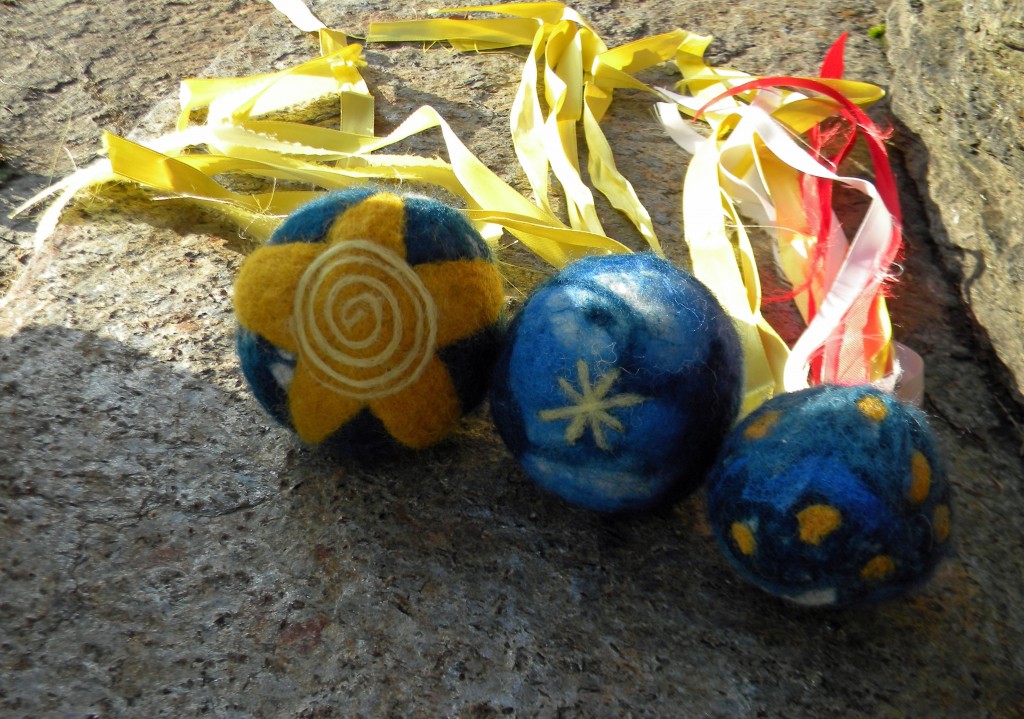
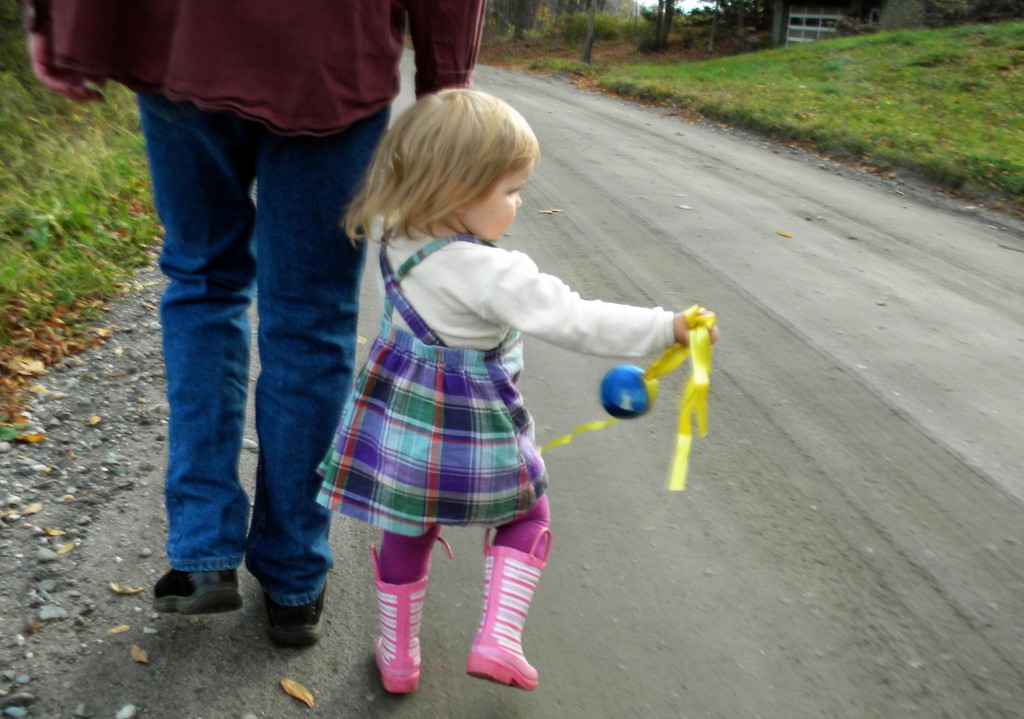
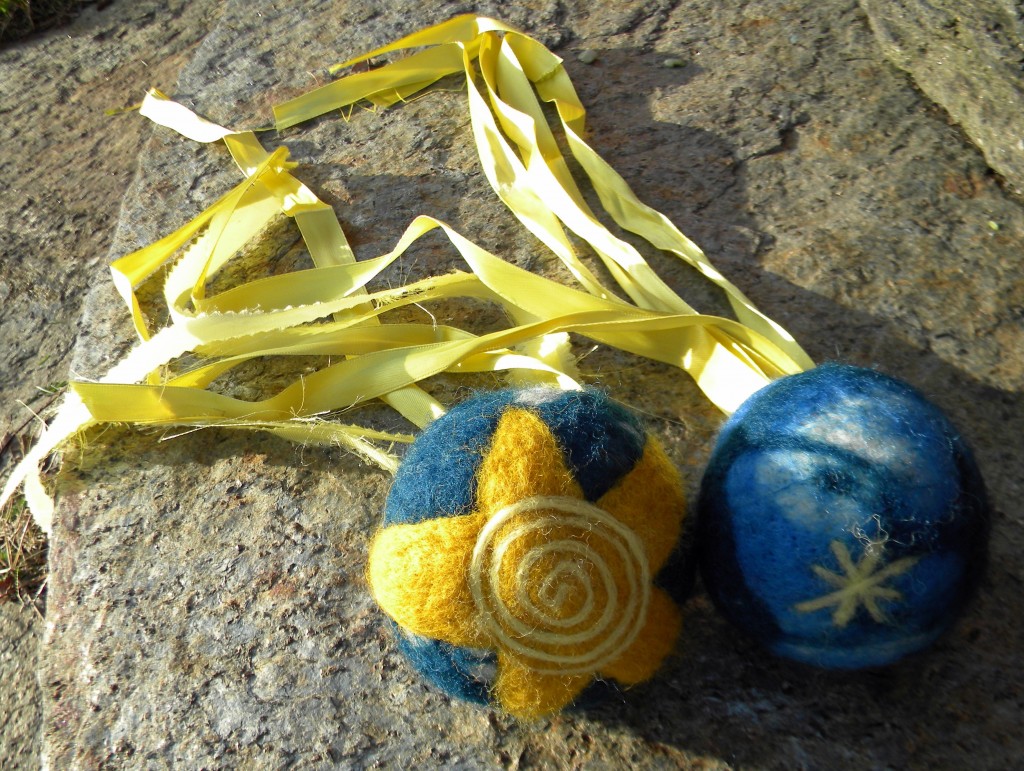
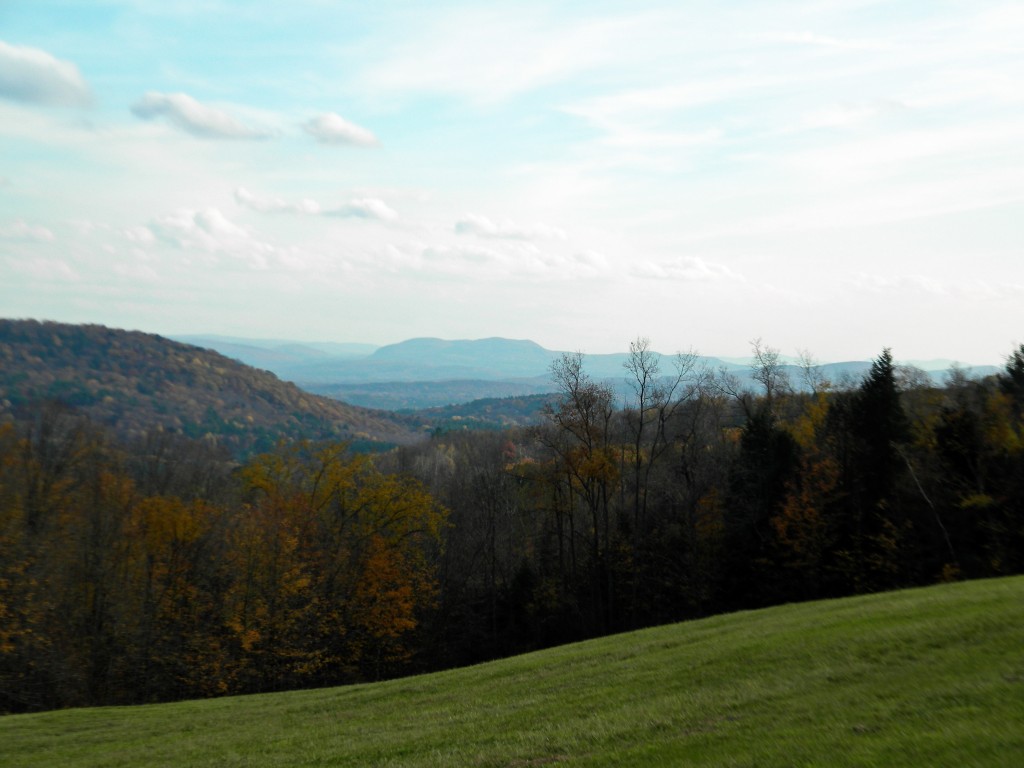
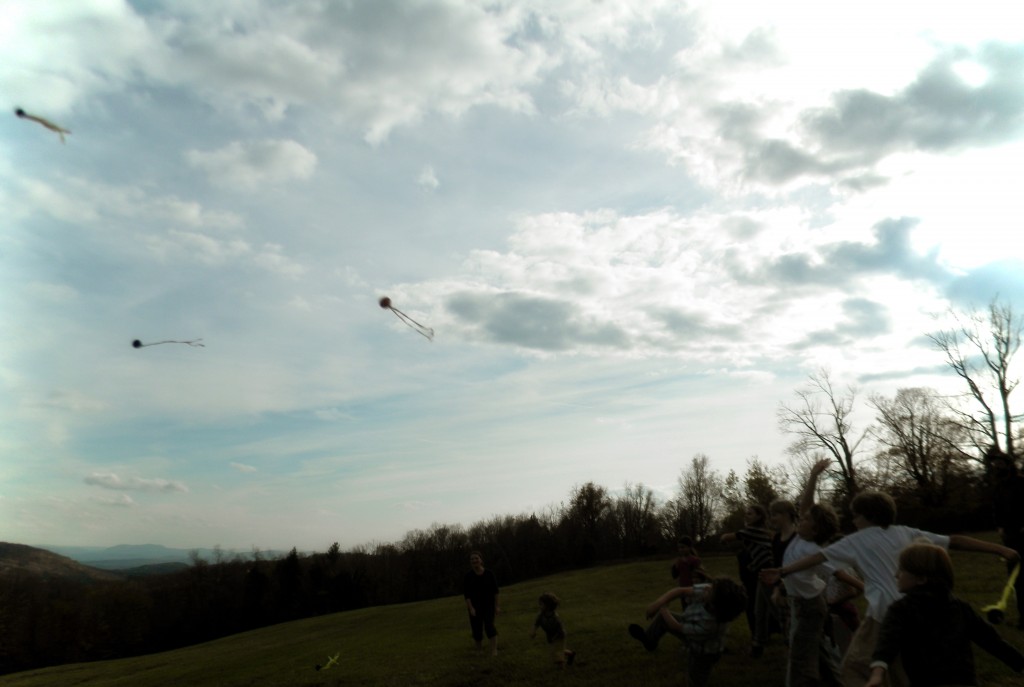
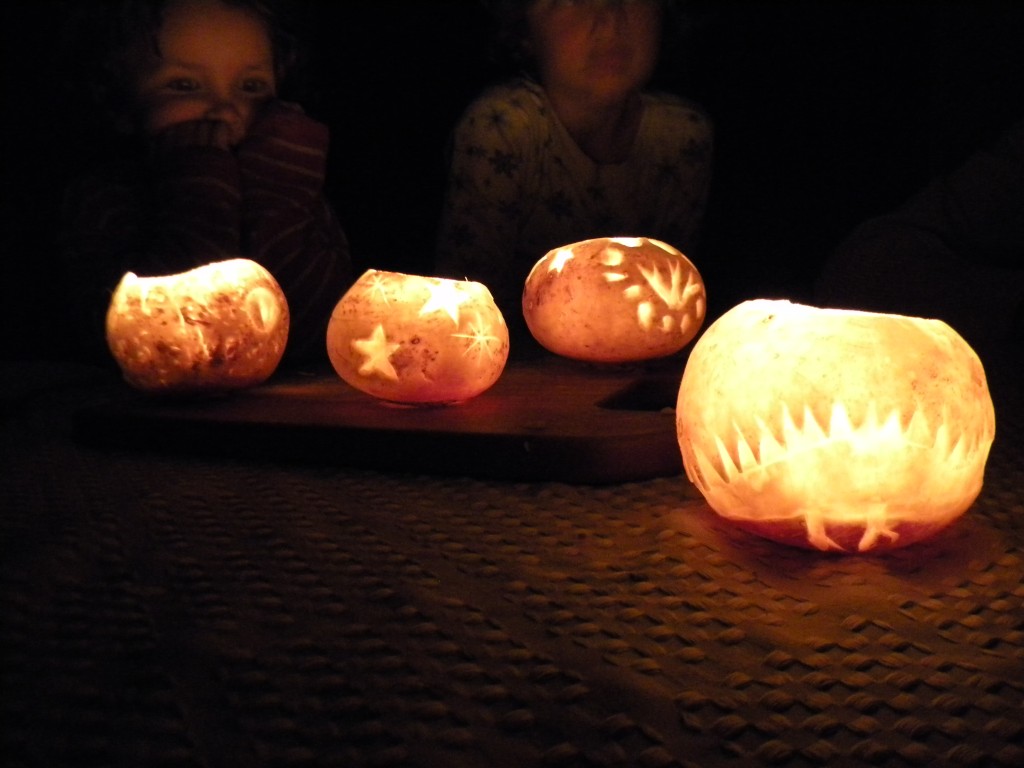

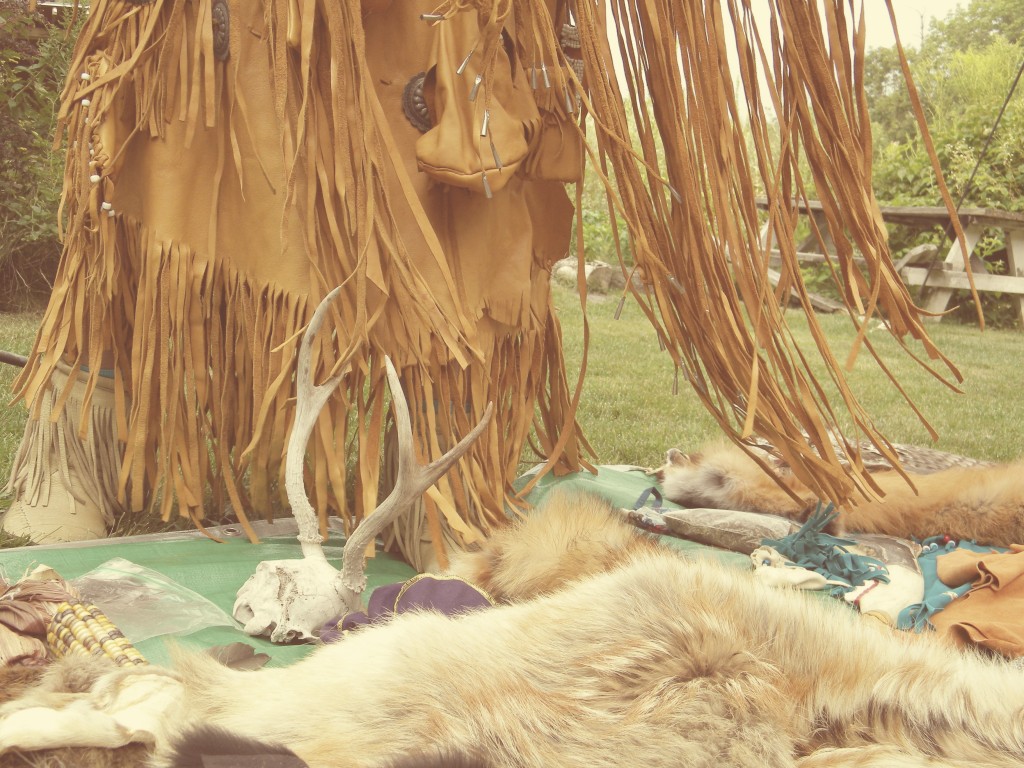
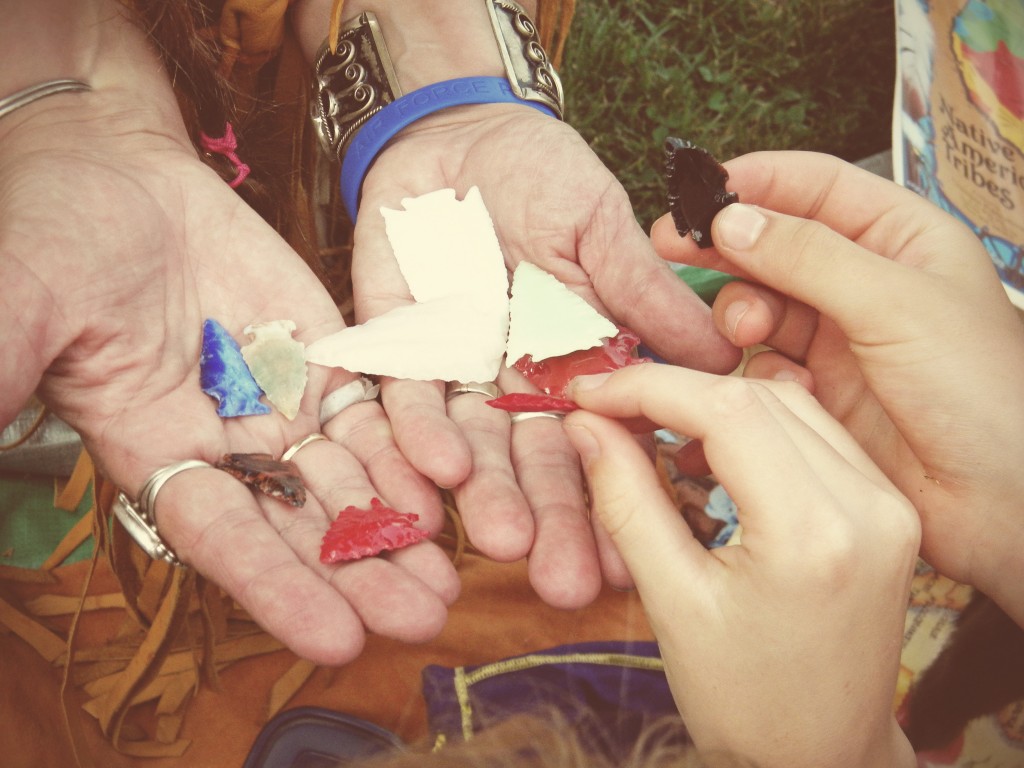
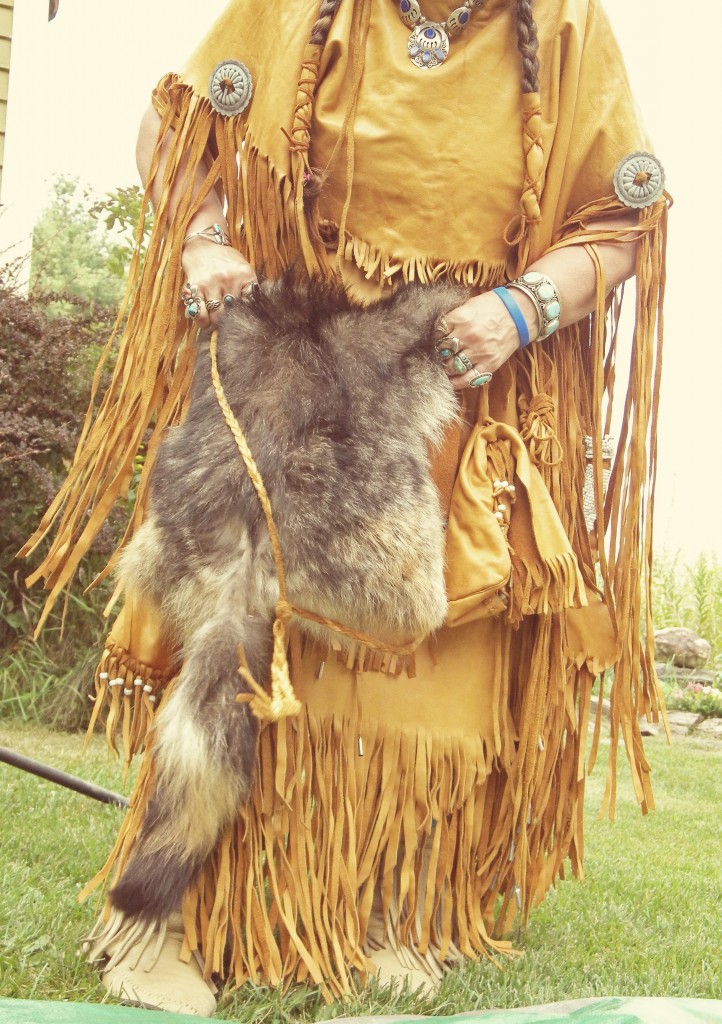
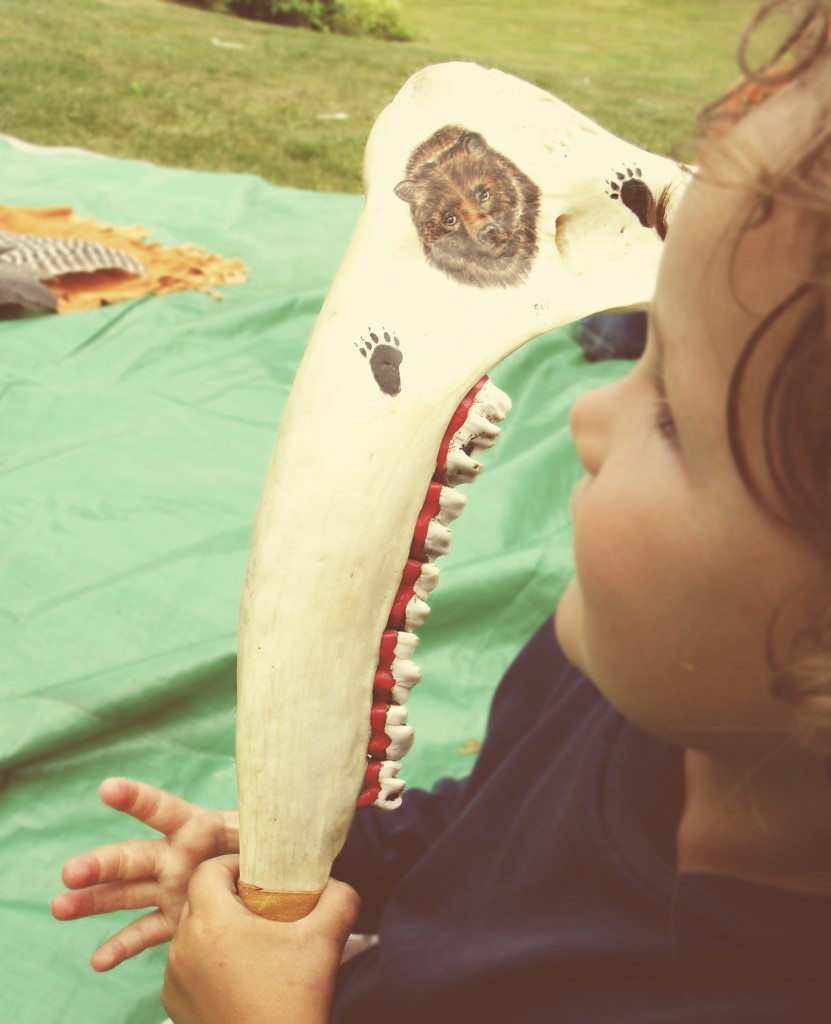
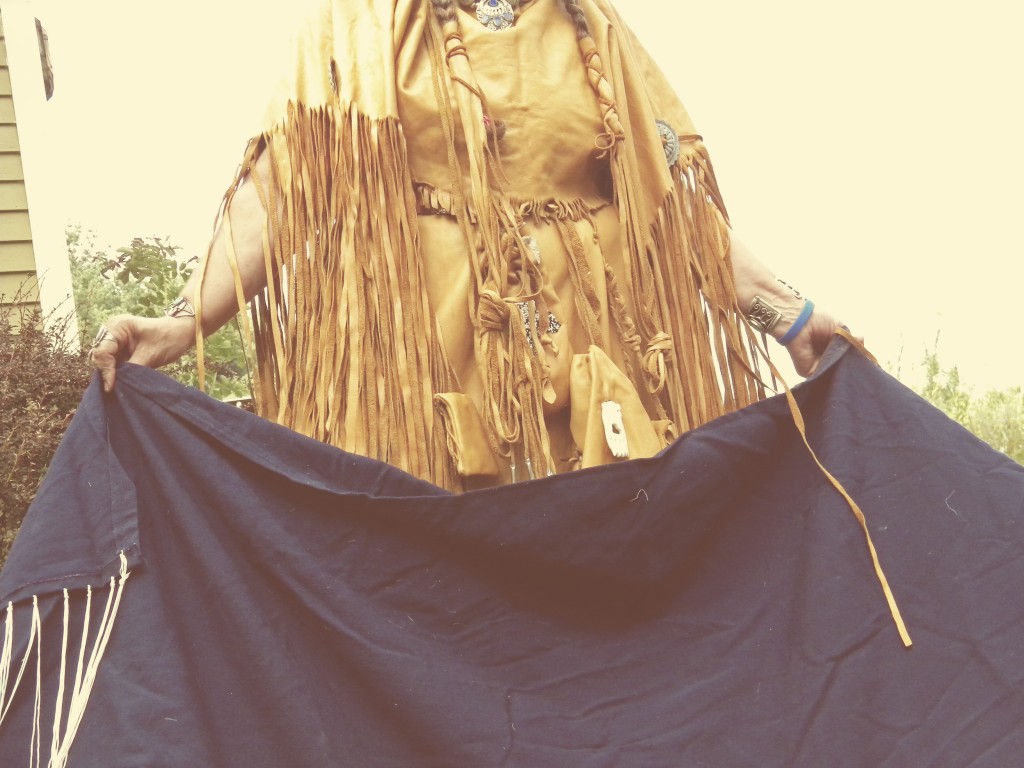
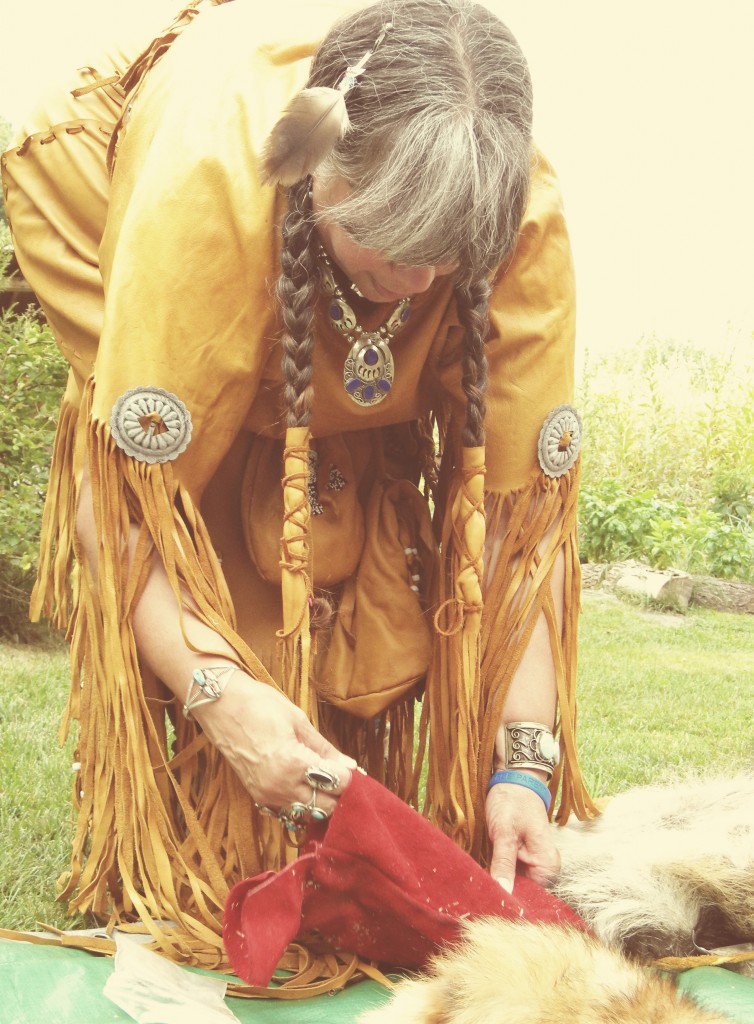
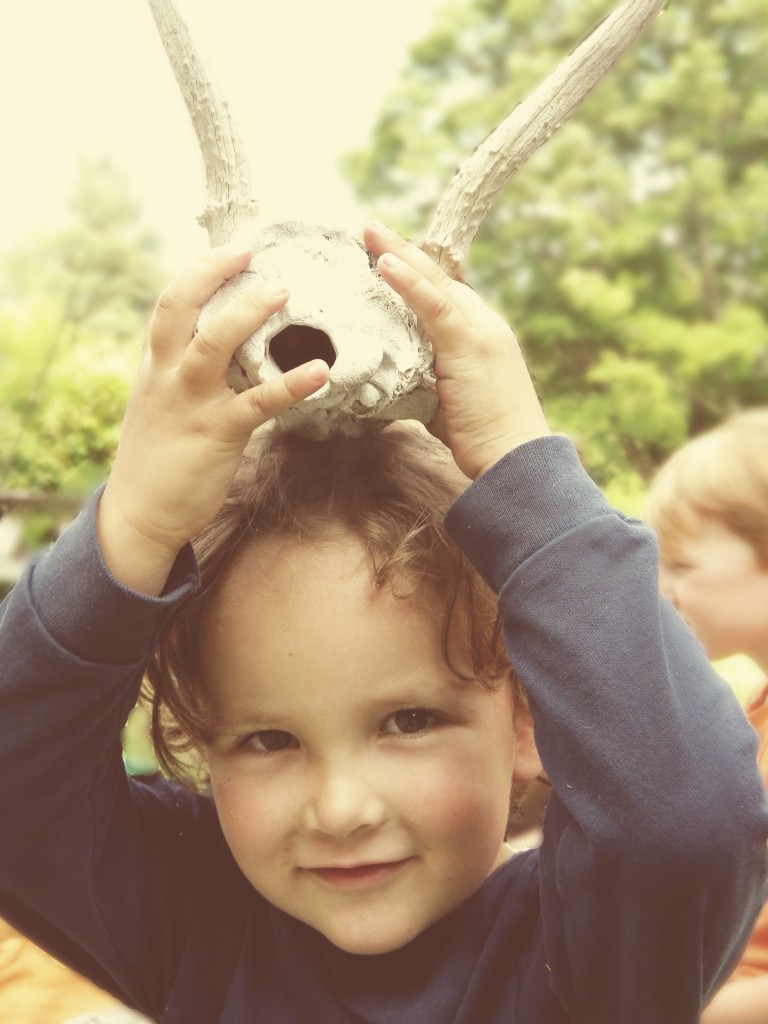
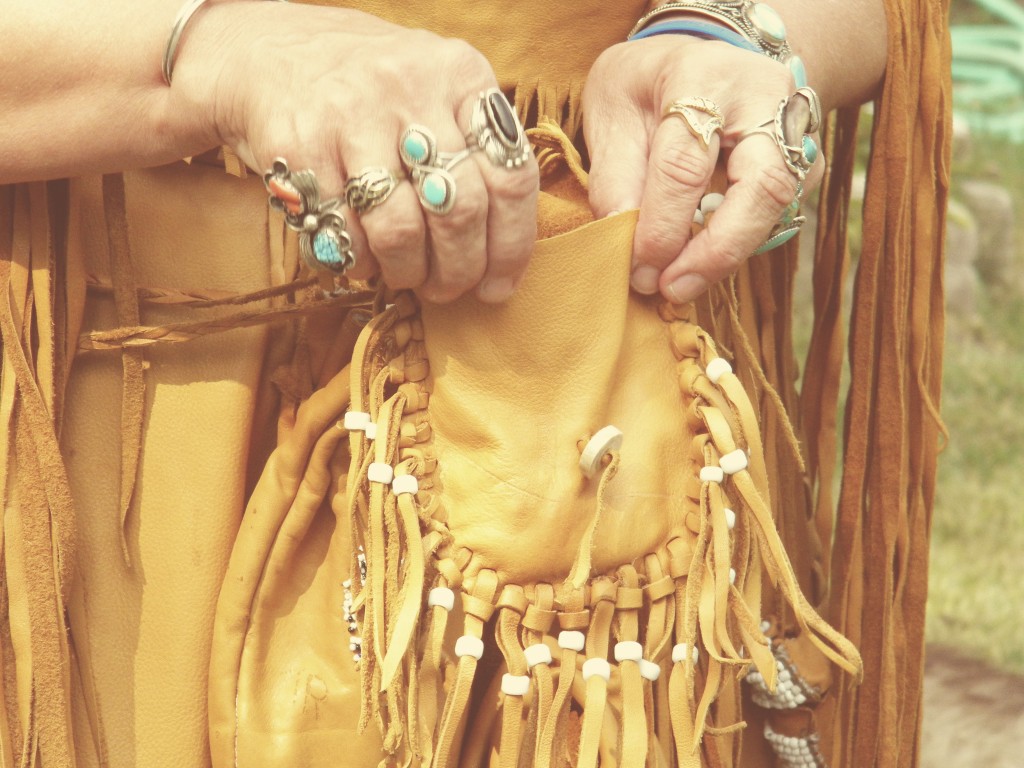
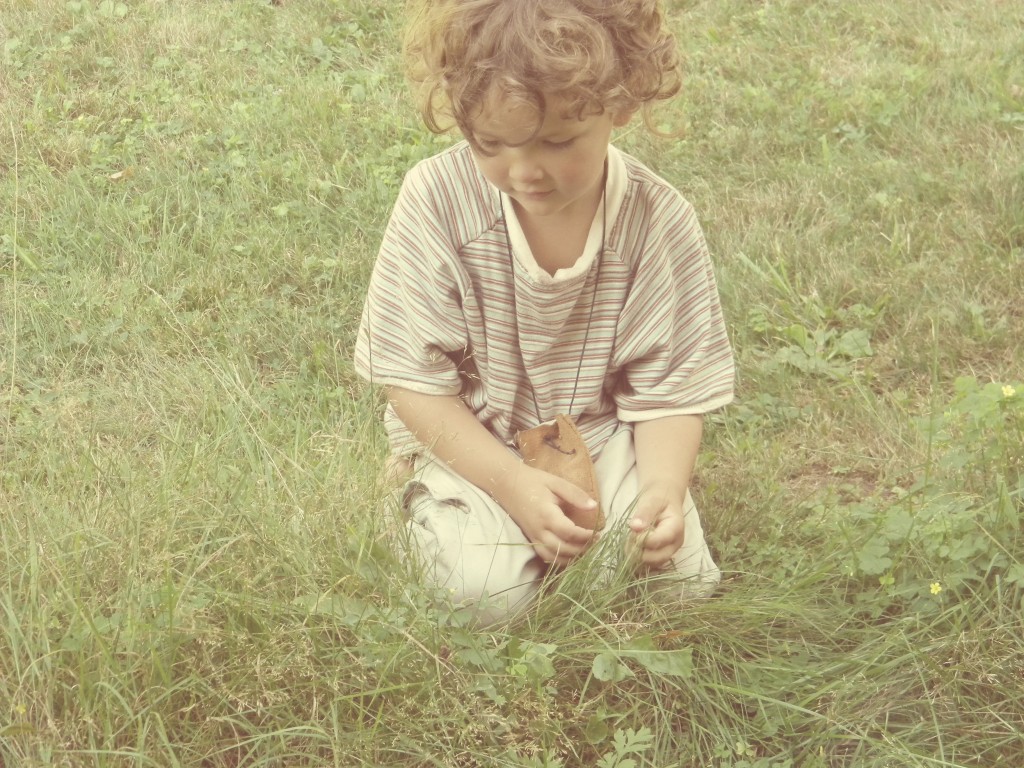
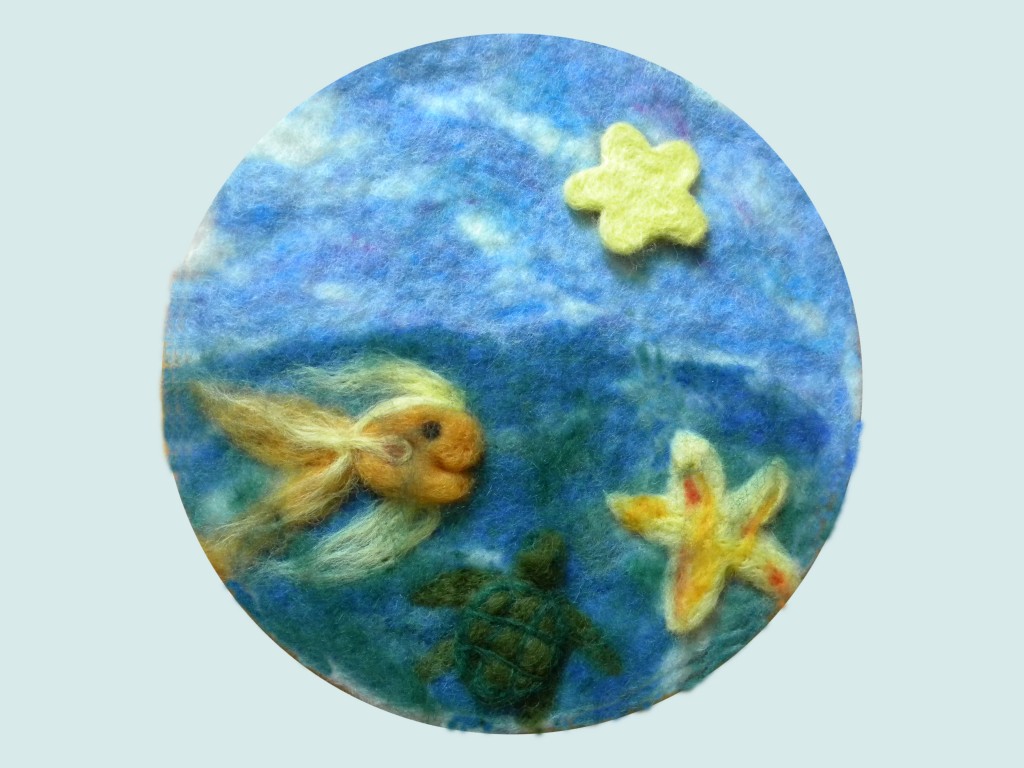
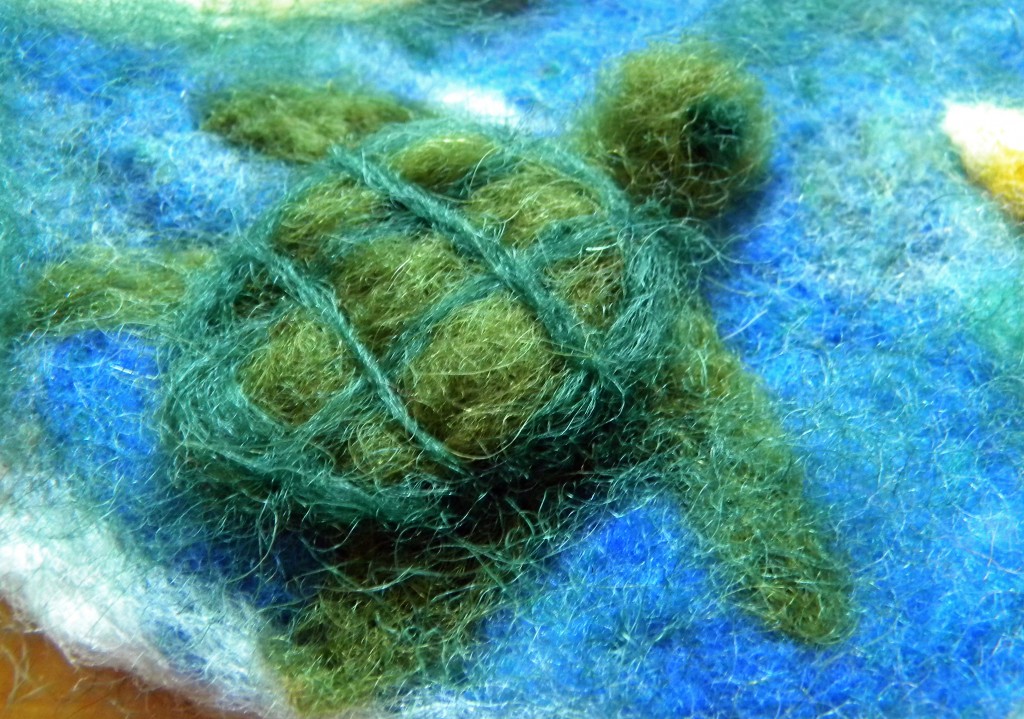

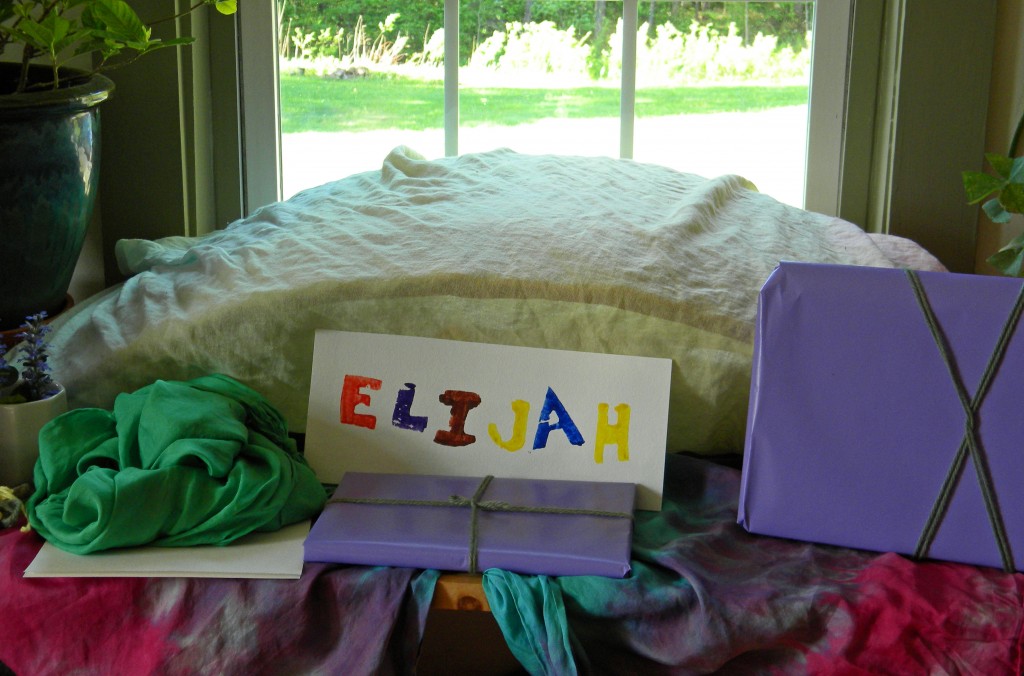 ~birthday table~
~birthday table~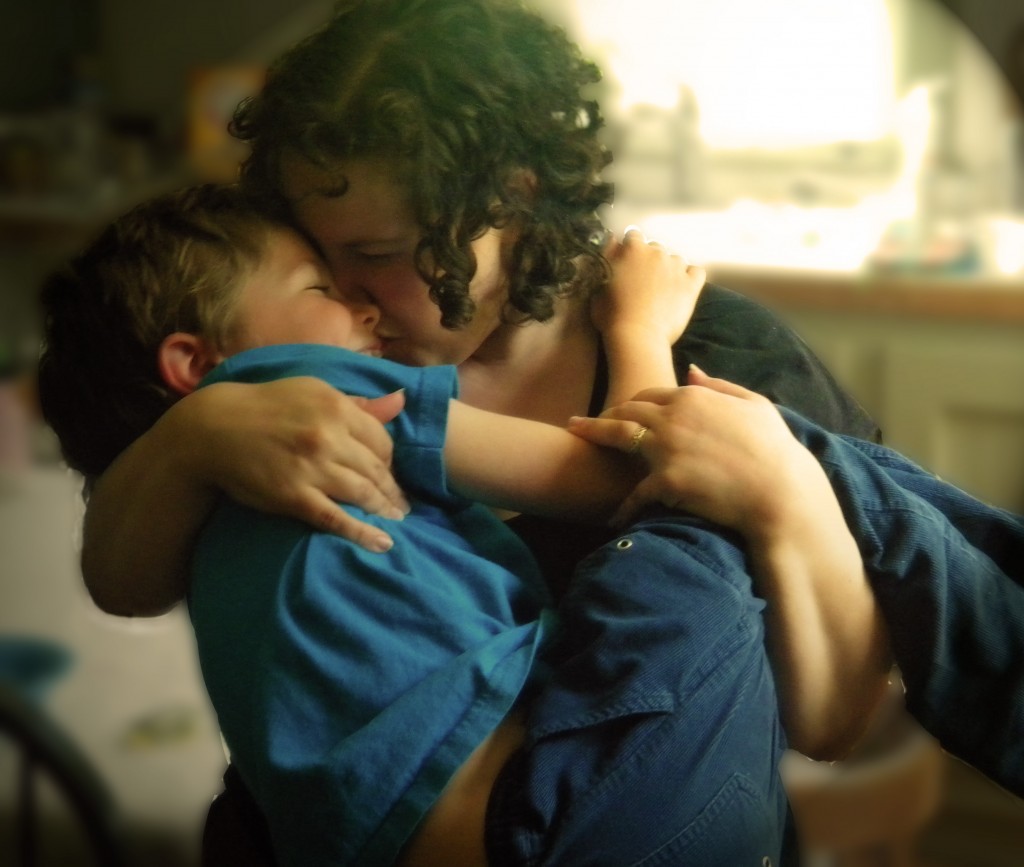 ~Me and my Middlest Boy~
~Me and my Middlest Boy~ ~He of the Goofy Grin (he never seems to get that gap toothed grin that other kids get. His adult teeth always come most of the way in before his baby teeth fall out. Currently his middle top teeth are being pushed way forward by the adult teeth behind)~
~He of the Goofy Grin (he never seems to get that gap toothed grin that other kids get. His adult teeth always come most of the way in before his baby teeth fall out. Currently his middle top teeth are being pushed way forward by the adult teeth behind)~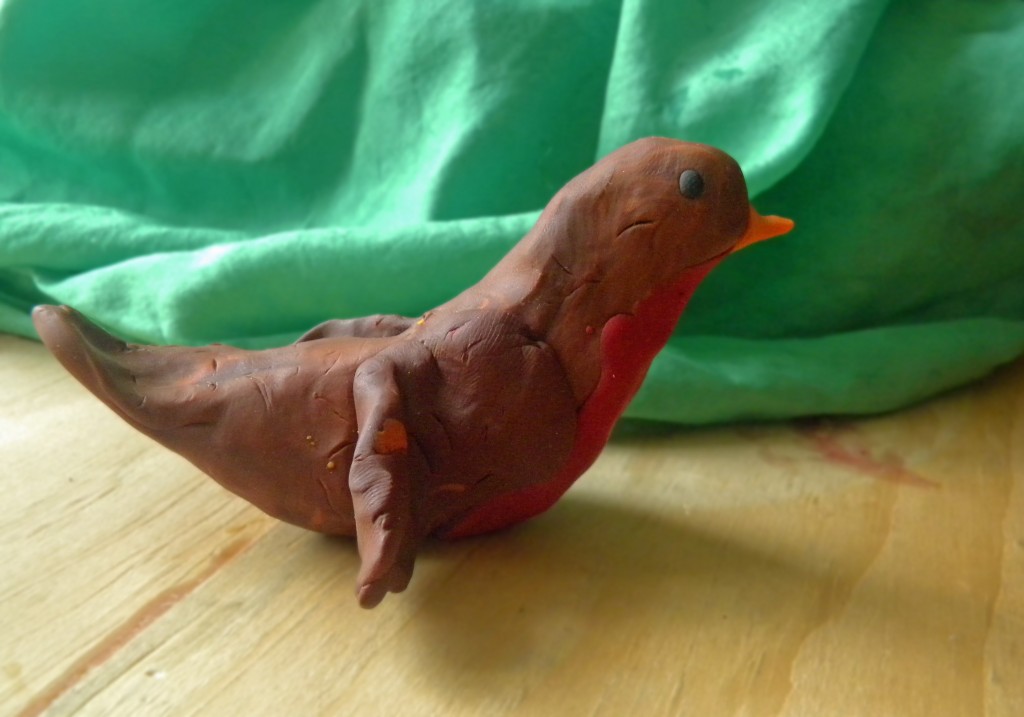 ~little robin by Galen~
~little robin by Galen~